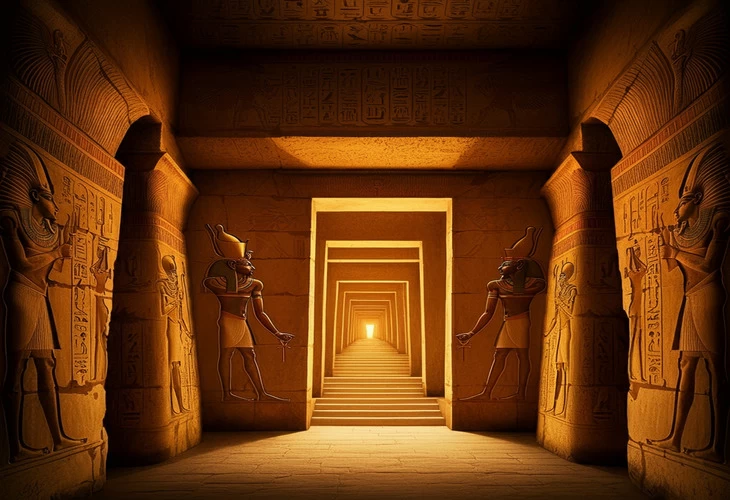
Crossing the 12 Gates of the Egyptian Underworld
Ancient Egyptians held an incredible belief system regarding life after death, centering on Duat, or underworld travel, where souls would endure trials, tests, guardians, and more before reaching their final destination. Along their journey, they passed through 12 gates, symbolizing different stages of transformation before reaching the afterlife. Let’s dive deep into the 12 gates of the Egyptian underworld and explore the mythological meanings behind them. With Respect Egypt Tours, you’ll uncover these ancient mysteries and more on your journey through Egypt.
Introduction to the Egyptian Afterlife
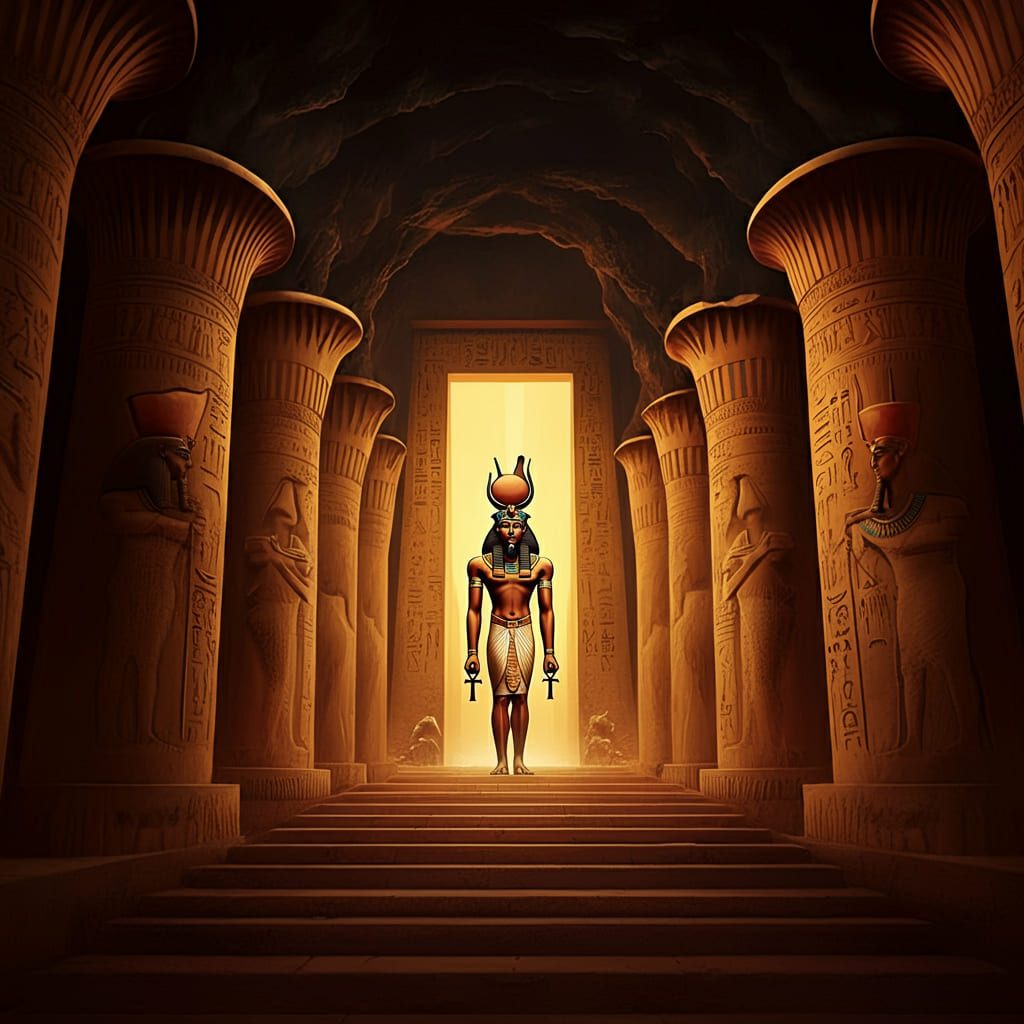
Ancient Egyptians believed death wasn’t the end, but just the start of something new and vibrant. Their afterlife beliefs were intricate, focusing on the concept of souls enduring by navigating Duat, the Egyptian underworld. Survival depended on passing through one of the 12 gates of the Egyptian Underworld.
Egyptian culture placed great value on their belief in an afterlife, so they went to great lengths to prepare their dead for it. Elaborate tombs, mummification, and sacred texts such as The Book of the Dead all served as guides for their deceased loved ones upon passing over into another realm.
The Concept of Duat: The Egyptian Underworld
The Egyptian underworld (Duat) wasn’t an arena of darkness and despair, as many other past cultures imagined; rather, it was a realm in which each soul’s fate was determined and reached eternity if judged worthy. Egyptians saw Duat as a place for transition - an opportunity to experience both rebirth and transformation while facing guardians and trials to show themselves worthy. They had to pass through 12 gates, confront guardians, and endure trials in a test of their worthiness for eternal life.
Story of the Egyptian Underworld
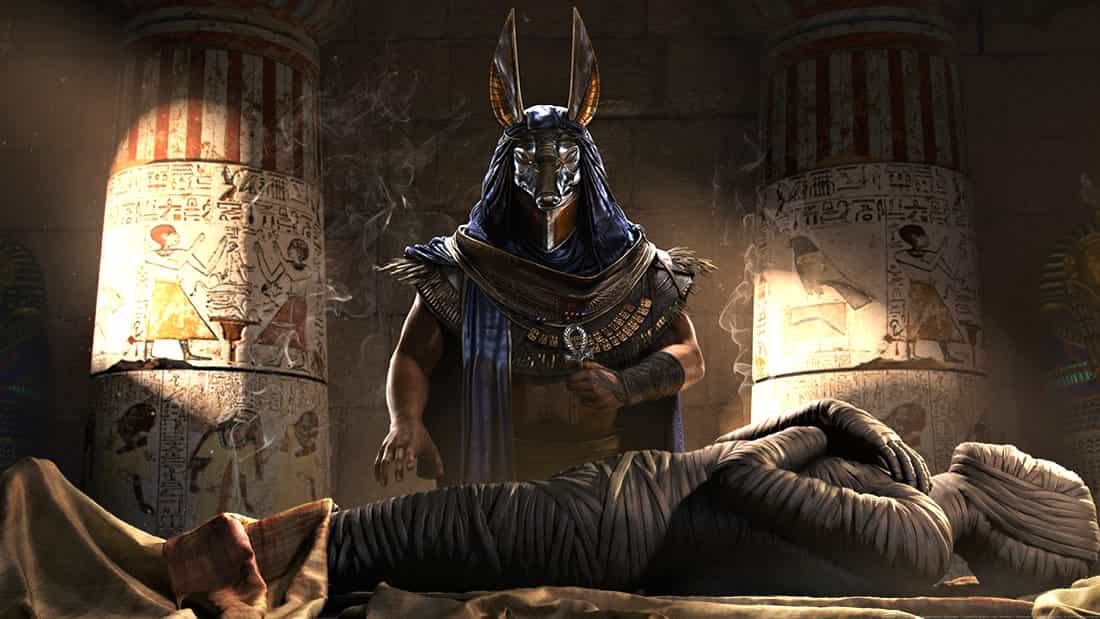
Ancient civilizations thought of the Duat as a realm where souls would face trials before reaching the eternal paradise of the Field of Reeds. Osiris, god of death and master of this realm, would decide its fate; traveling through it could prove treacherous as souls encountered monsters, treacherous rivers, scorching fires, and more on their journey through Duat.
Role of Osiris
Osiris wasn’t an inert force in the underworld; he was central to Egyptian understandings of death and resurrection. The myth of Osiris showed Egyptians’ belief in an afterlife, with Set’s murder, Isis’s resurrection, and Osiris becoming ruler of the Underworld. After passing through the 12 gates of the Egyptian Underworld souls would come before Osiris for judgment before returning home again.
Ra’s Journey Through the 12 Gates
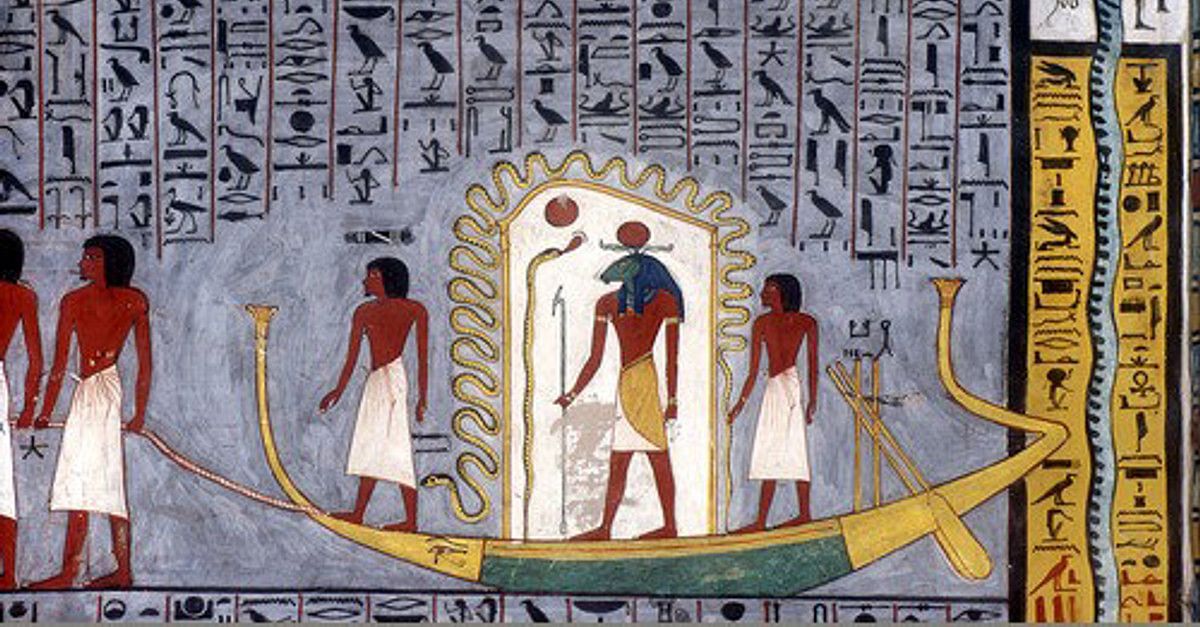
Ra, the sun god of Egyptian cosmology, played an essential part in daily life. Every night, Ra journeyed through the Egyptian Underworld, crossing its 12 gateway to bring light and renewal to Duat (known as “Duat”, a term that means Duat). Ra symbolized life; his descent into Duat symbolized sunset while his appearance out at dawn represented resurrection and renewal - providing an insightful parallel between Ra’s travels through Duat and his soul’s journey after death; further linking the 12 gates of the Egyptian Underworld to ideas of transformation and eternal life.
The Symbolism of the 12 Gates
The 12 gates of the Egyptian Underworld symbolized stages in a soul’s evolution. Each gate presented a challenge or lesson to overcome on the path to eternal life. When the soul passed through all twelve gates, it would continue its journey towards eternal life.
These gates were often guarded by fearsome guardians such as serpents or otherworldly beings; therefore, souls needed to prove their strength, purity, and knowledge at each gate, which required great courage. To pass these trials, individuals had to be mummified, possess spells, and prove their worth in the heart-weighing process.
The Book of Gates: An Ancient Guide to the Afterlife
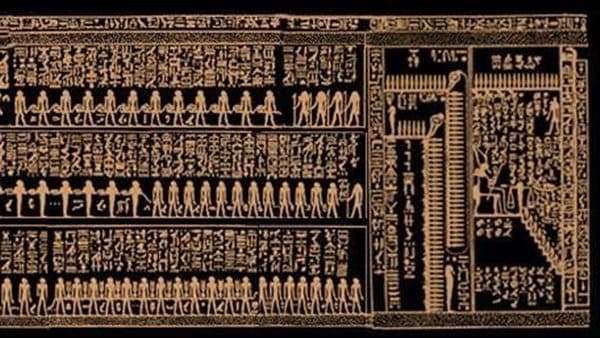
The Book of Gates was an Egyptian funerary text which described the geography and passage through twelve gates in the underworld. Ancient Egyptians wrote this guide to help deceased travelers reach heaven, providing instructions on passing each gate and information about gods, monsters, and trials ahead. It offers an intriguing insight into Egyptian afterlife beliefs and the challenges faced by the deceased upon arrival. Today, it continues to offer a captivating glimpse into Egyptian afterlife beliefs, as well as the challenges that awaited the deceased upon their arrival.
The Role of Spells and Magic in Navigating the Gates
Spells and incantations were an indispensable means of traversing the 12 gates of the Egyptian Underworld. The Book of Gates provided specific spells designed to aid dead souls through each gate’s challenges - appeasing guardians or withstanding trials by fire or water. To ensure the safe passage of their souls, people often wrote such spells on tomb walls, coffins, and amulets.
12 Gates of the Egyptian Underworld
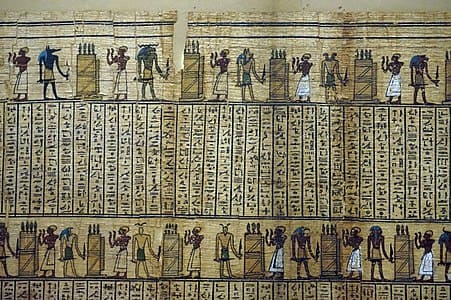
Let’s explore the Egyptian afterlife journey step by step through the 12 gates of the Egyptian Underworld. We will examine what deceased travelers encountered and how they might overcome these challenges to attain eternal life.
First Gate: Entering the Duat
Entering the Duat One’s journey begins at the First Mate where one enters Duat. This gate marks the transition between the living world and the underworld realm, requiring the dead to prove they belong there by performing specific spells and summoning protection from gods.
Second Gate: Trials of the Dead
Trials of the Dead At this second gateway, souls encounter various trials designed to prove their worthiness. Guarded by terrifying creatures called “Treacheries”, only those deemed pure of heart can pass through this gateway and continue.
Third Gate: Guardians of the Passage
The third gateway is a powerful being tasked with blocking entry for those unworthy of entering the afterlife guard by the third gate. The deceased must use knowledge from either the Book of Gates or the Book of the Dead to appease or bypass these guardians and gain entry.
Fourth Gate: The River of the Underworld
At the fourth gate, souls must cross the River of the Underworld - much like Greek mythology’s River Styx - which marks a boundary between worlds. During times like these, summoning a boat or amulet of protection may help to cross its waters.
Fifth Gate: The Chamber of Fire
The fifth gateway leads into a chamber filled with fiery flames, symbolizing purification for those who remain pure and undeterred by its intensity. Only those who can remain pure guarantee their passage without suffering damage from the intensity.
Sixth Gate: The Serpent’s Lair
Before continuing on its journey, one must confront and vanquish the intimidating serpent guarding the sixth gateway, often symbolic of chaos in Egyptian mythology. To continue its path forward.
Seventh Gate: The Judgment Hall
The seventh gate leads into the Hall of Judgment, where those who have died face their final reckoning before eternal life or Ammit’s terrifying appetite awaits them. Osiris will preside at this gate to decide if their soul merits eternal life or must perish at its hands.
Eighth Gate: Transformation and Renewal
As souls pass through the eighth gate, their transformation begins. This gateway represents renewal as souls shed earthly forms to move closer to divinity on their journey homeward.
Ninth Gate: The Starry Abyss
At the ninth gate, one’s soul enters a vast and eternal place known as The Starry Abyss, which symbolizes both space and eternity of life after death. Here, one finds time for reflection upon their journey so far.
Tenth Gate: The Hidden Knowledge of Osiris
The tenth gate is where one gains access to hidden knowledge and wisdom. Osiris, as ruler of the underworld, grants sacred truths only to those who have proven their worthiness.
Eleventh Gate: Reaching the Eternal Fields
The eleventh gateway leads to the Field of Reeds, an eternal paradise where souls who have overcome all trials will rest for eternity. Here, the dead can find comfort from those they loved who have passed on before them and reconnect.
Twelfth Gate: Final Ascension
The last gateway, known as the Ascension gateway, marks the culminating of your spiritual journey as your soul ascends toward becoming one with divinity - attaining eternal life within God’s realm.
The Role of Gods and Goddesses in the Underworld Journey
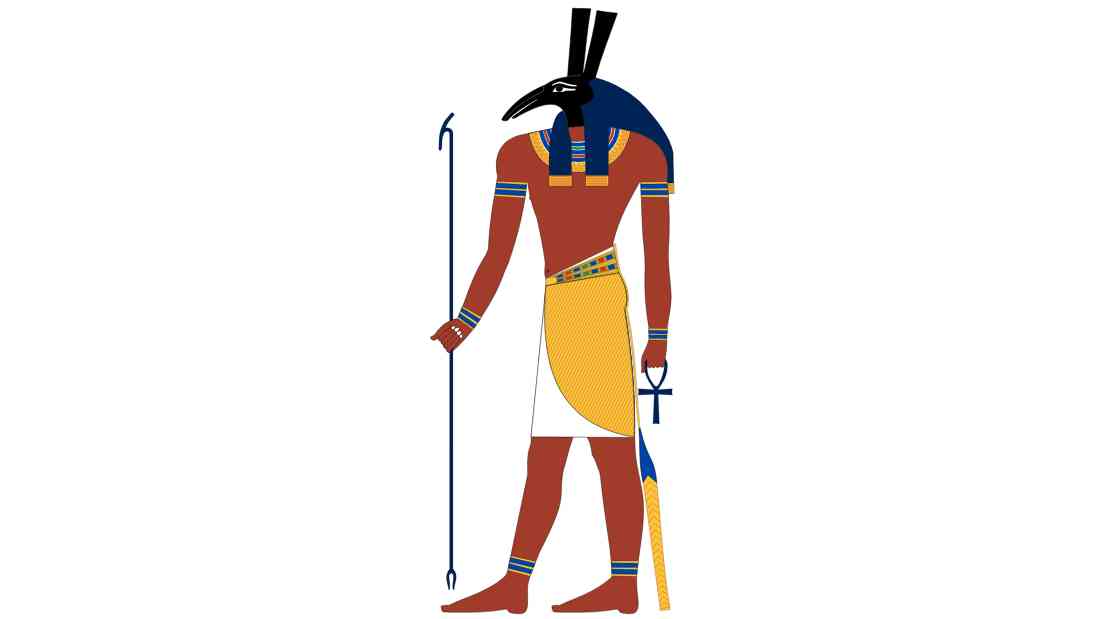
Gods and goddesses played an essential part in protecting and guiding the dead of ancient Egypt’s underworld, Osiris, god of the dead, through death’s journey through its twelve gates. Other deities, such as Anubis, Hathor, and Ma’at, symbolized various aspects of life, death, and rebirth. Osiris was the most prominent among them.
Understanding the Egyptian God Deck and Its Role in the Afterlife
Egyptian god deck is an intricate pantheon of deities who play significant roles in life, death, and the afterlife. Ra had guided souls through heaven and hell. Meanwhile, Osiris, the ruler of the underworld and god of resurrection, had the unique responsibility of leading souls through Egypt’s 12 gates of the Underworld. Anubis, as guardian of the dead, assisted in mummification ceremonies to ensure souls made it to judgment, while Thoth recorded the results of heart-weighing ceremonies. Isis gained reverence for her magical and healing powers and became the protector of the deceased, playing a role in reviving Osiris to symbolize the cycle of life and rebirth. These gods formed part of Egypt’s god deck by providing divine protection and guidance to souls on their perilous journey back into eternity life.
Who Was the Egyptian Gatekeeper of the Dead?
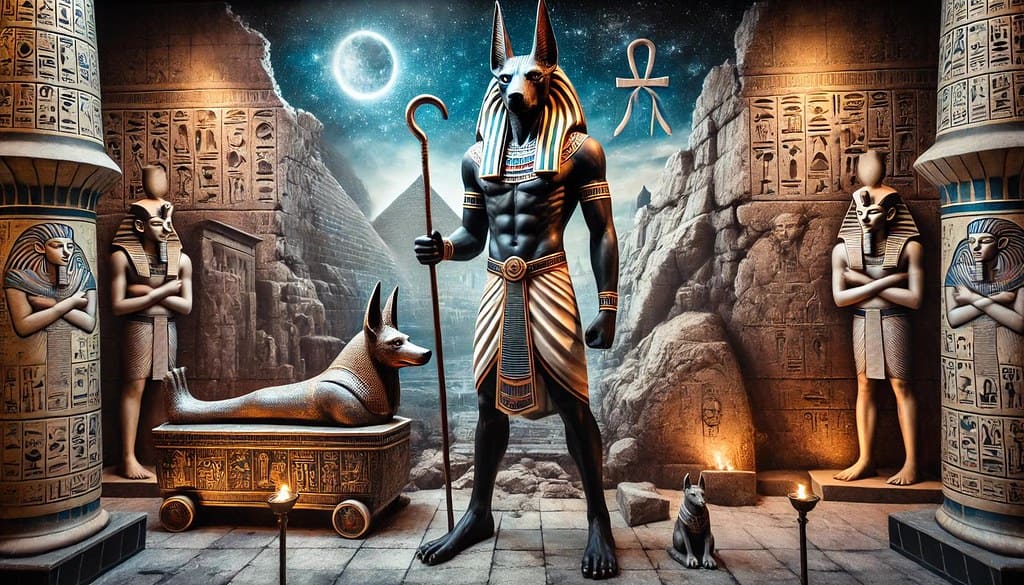
Ancient Egyptian mythology holds Anubis as the gatekeeper of the dead. With his iconic jackal head and the human body, Anubis played an instrumental role in helping those who had passed to travel through Duat or the Egyptian Underworld. Anubis, the god of mummification and the protector of graves ensured that souls were prepared for passage through its 12 gates before they reached Osiris for judgment. Anubis’ duties extended far beyond just protecting graves - his role also included leading souls towards their judgment before Osiris.
It was believed that Anubis welcomed the deceased upon entering Duat and led them through its initial stages, providing comfort and direction on their perilous journey into the afterlife. Anubis is often depicted in tomb paintings and ancient texts, like the Book of the Dead, overseeing the Weighing of the Heart Ceremony. This significant ritual involved balancing the heart of the deceased against Ma’at’s feather to determine their destiny.
But if the heart was heavier, Ammit, known as the “devourer of the dead”, would take care to devour it to end its existence. Anubis served as a gatekeeper, ensuring that only those who lived worthy lives could progress towards eternal life. He acted as both a judge and a guardian, maintaining order in the realm of death.
The Role of the 12 Gates in the Journey to the Afterlife
The 12 Gates of the Egyptian Underworld represented the challenges and knowledge required for immortal life, serving as a pathway for Egyptians to be reborn. Egyptians saw immortality not as a passive state; each gateway represented another step towards reaching one of their ultimate goals—eternal life in the Field of Reeds.
Gates Described in the Wall Paintings of the Valley of the Kings
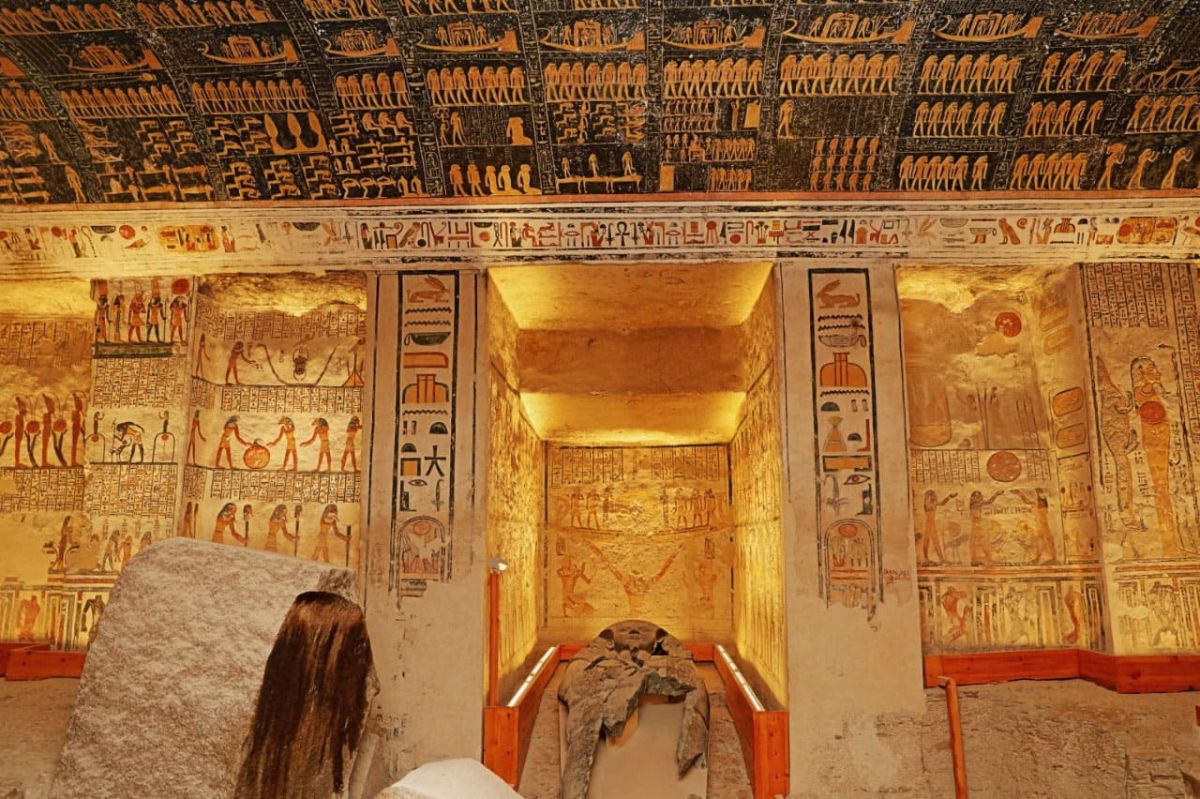
The Valley of the Kings, along Egypt’s west bank of the Nile, is famous for its lavish tombs of Pharaohs from Egypt’s New Kingdom period. These tombs contain stunning wall paintings that provide valuable insights into Egyptian beliefs and mythology related to the 12 Gates of the Egyptian Underworld; these tombs also depict depictions of their journey through life after death - such as seeing which gates one must pass through on their search for immortality.
Pharaohs Seti I and Ramses VI’s tombs, for example, feature scenes from sacred texts like the Book of Gates and Book of the Dead. These illustrations depict their journey through Duat, highlighting the trials encountered at each gate of the Egyptian Underworld, including the guardians and deities that protected them. Vivid images show supernatural beings that guarded these gates, ranging from serpent-like creatures to fearsome gods wielding knives or scepters.
These paintings depicting the Valley of the Kings act as visual guides to remind deceased souls to practice rituals necessary for passage through to the underworld. Every gate in these scenes symbolizes a unique challenge that their soul must confront; these scenes often feature hieroglyphic inscriptions depicting spells required to pass each gate, emphasizing knowledge and preparation necessary for afterlife passage. Art in the Valley of the Kings serves as a visual aid, helping those departed remember important spells and rituals they need for safe travel through to life beyond. Art in these paintings acts as a visual guide that helps those departed recall what rituals or spells will ensure safe travel through this afterlife journey.
For modern visitors, these ancient murals offer a mesmerizing window into the Egyptian view of life after death. They reveal the complexity of the 12 Gates of the Egyptian Underworld and the vital role these games played in the journey toward eternal life. By visiting the Valley of the Kings with Respect Egypt Tours, travelers can see these ancient depictions firsthand, experiencing the mystical world that the pharaohs believed awaited them beyond the grave.
Conclusion
Ancient Egyptian beliefs regarding their afterlife were both complex and captivating, offering a glimpse into their understanding of life, death, and rebirth through the 12 gates of the Egyptian Underworld. Osiris’ judgment process involved spiritual transformation instead of physical gates. Each step on this journey allowed souls to prove their strength and purity, leading to the opportunity for eternal life. Would you like to explore these myths for yourself? With Respect Egypt Tours, we take you on an immersive tour through ancient Egypt’s most iconic sites so you can experience these timeless tales first-hand!


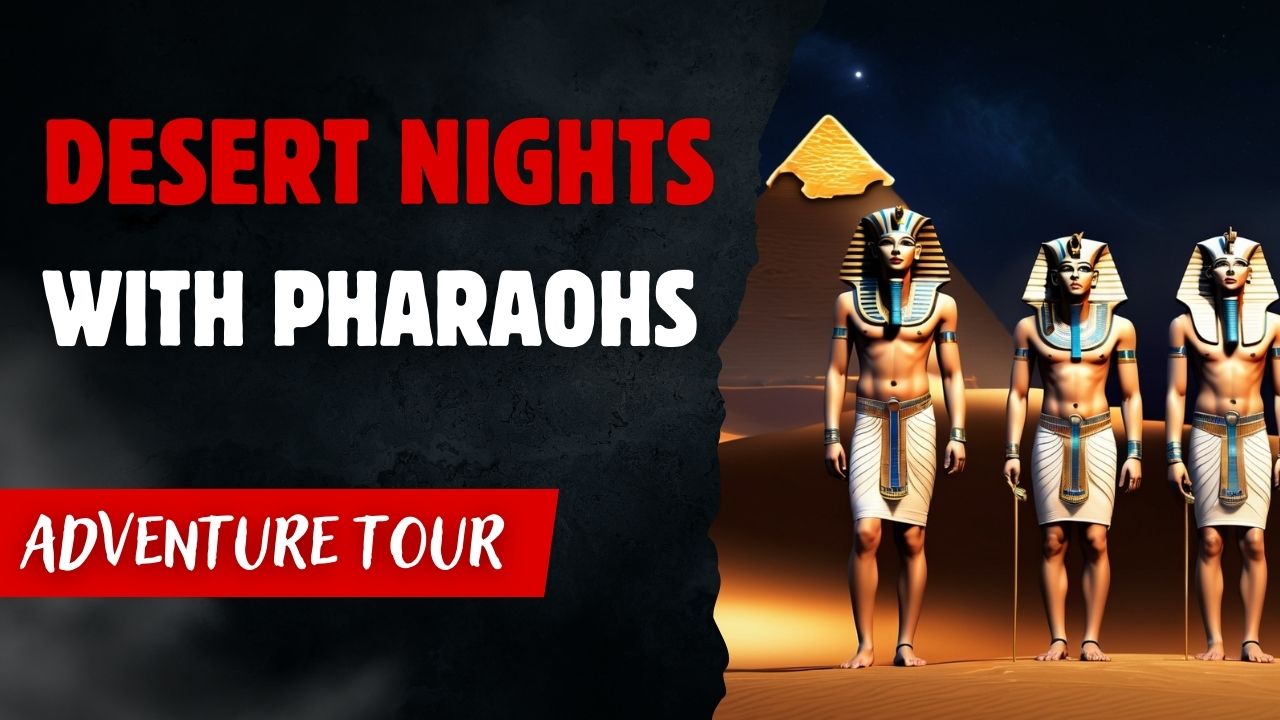






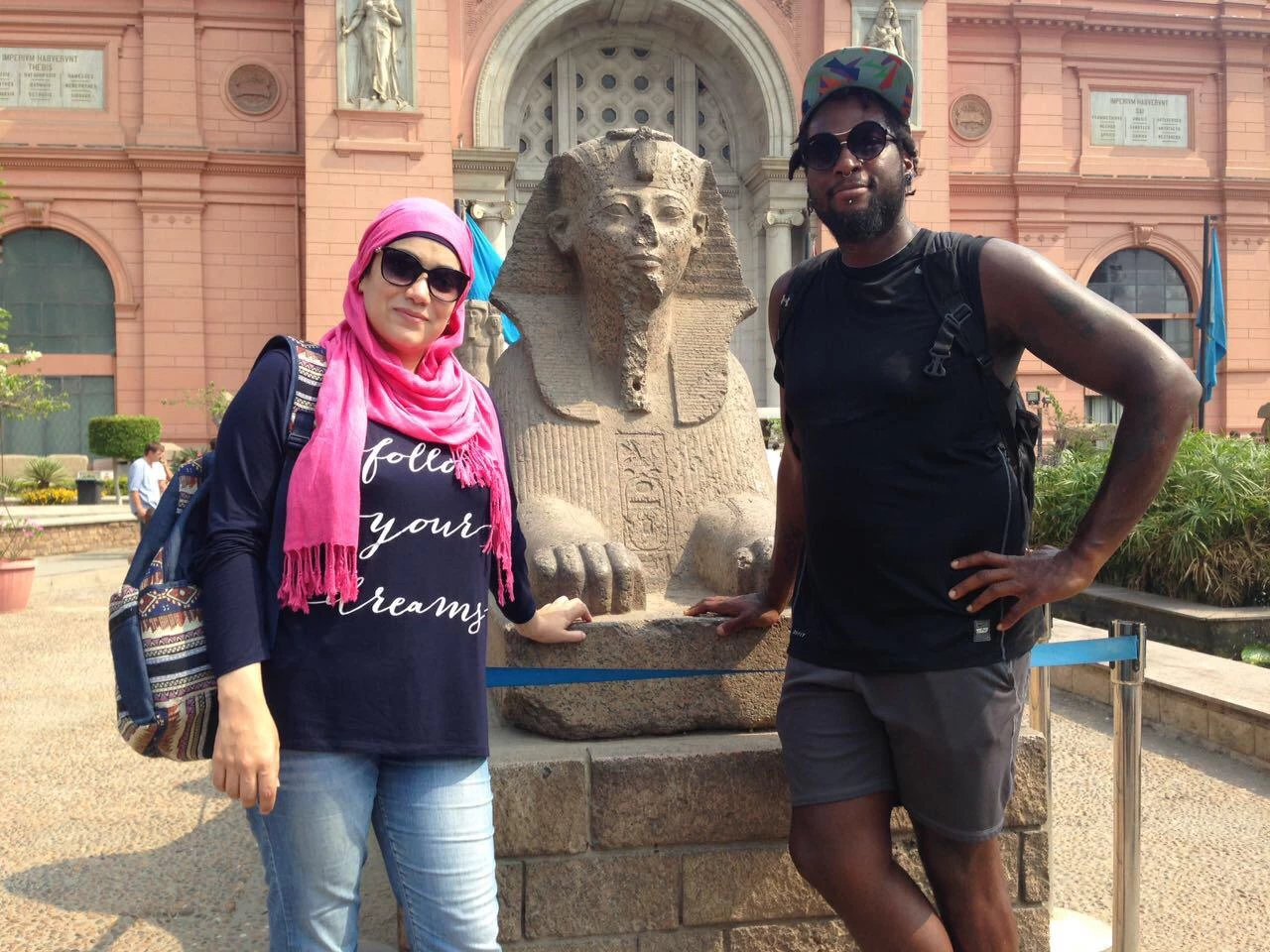
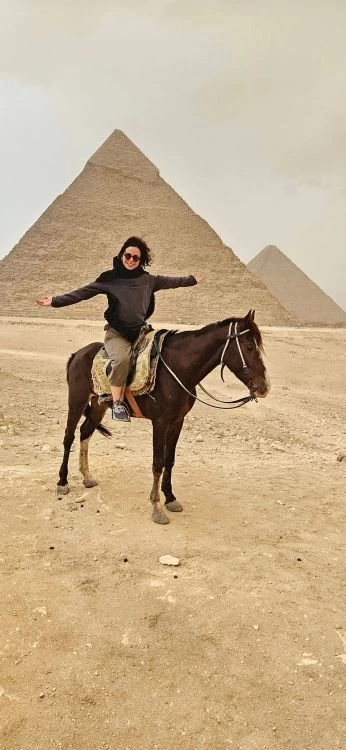
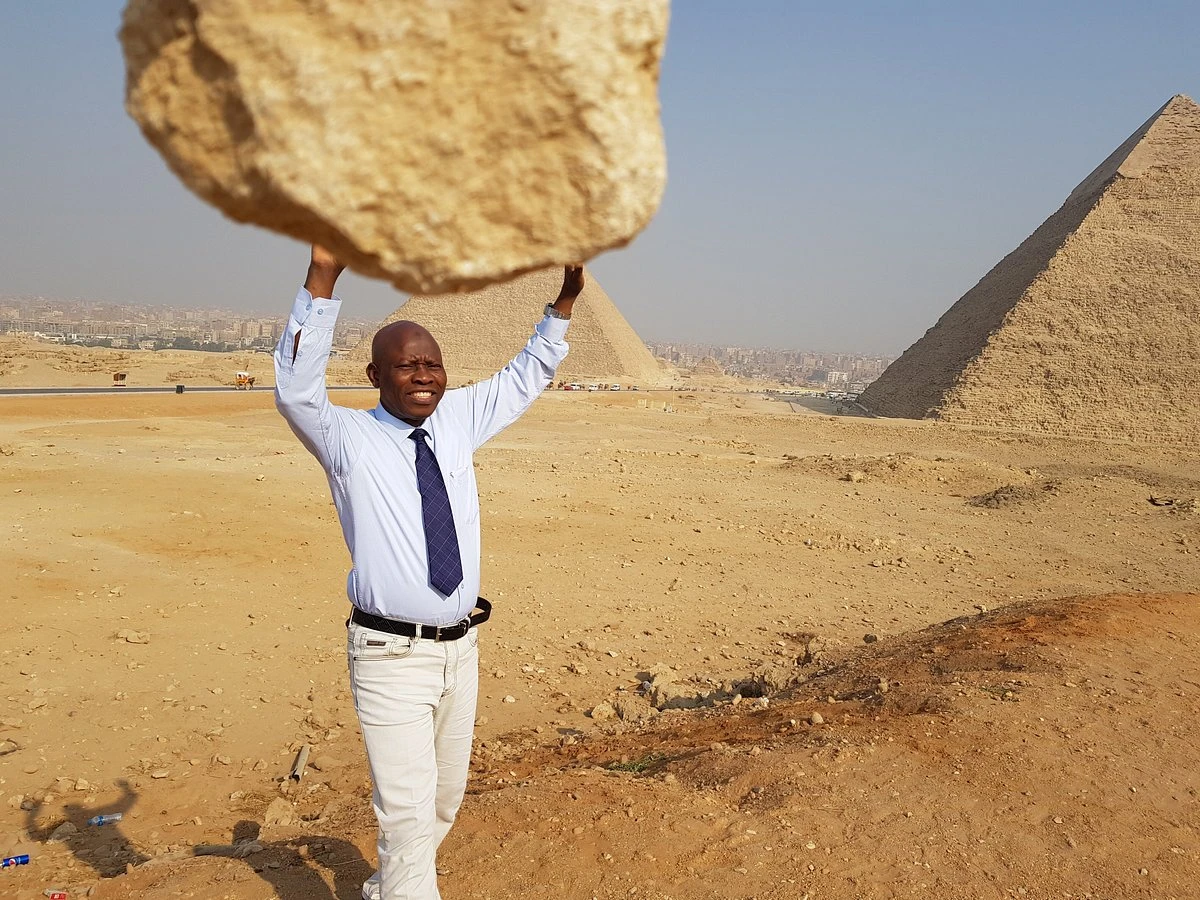
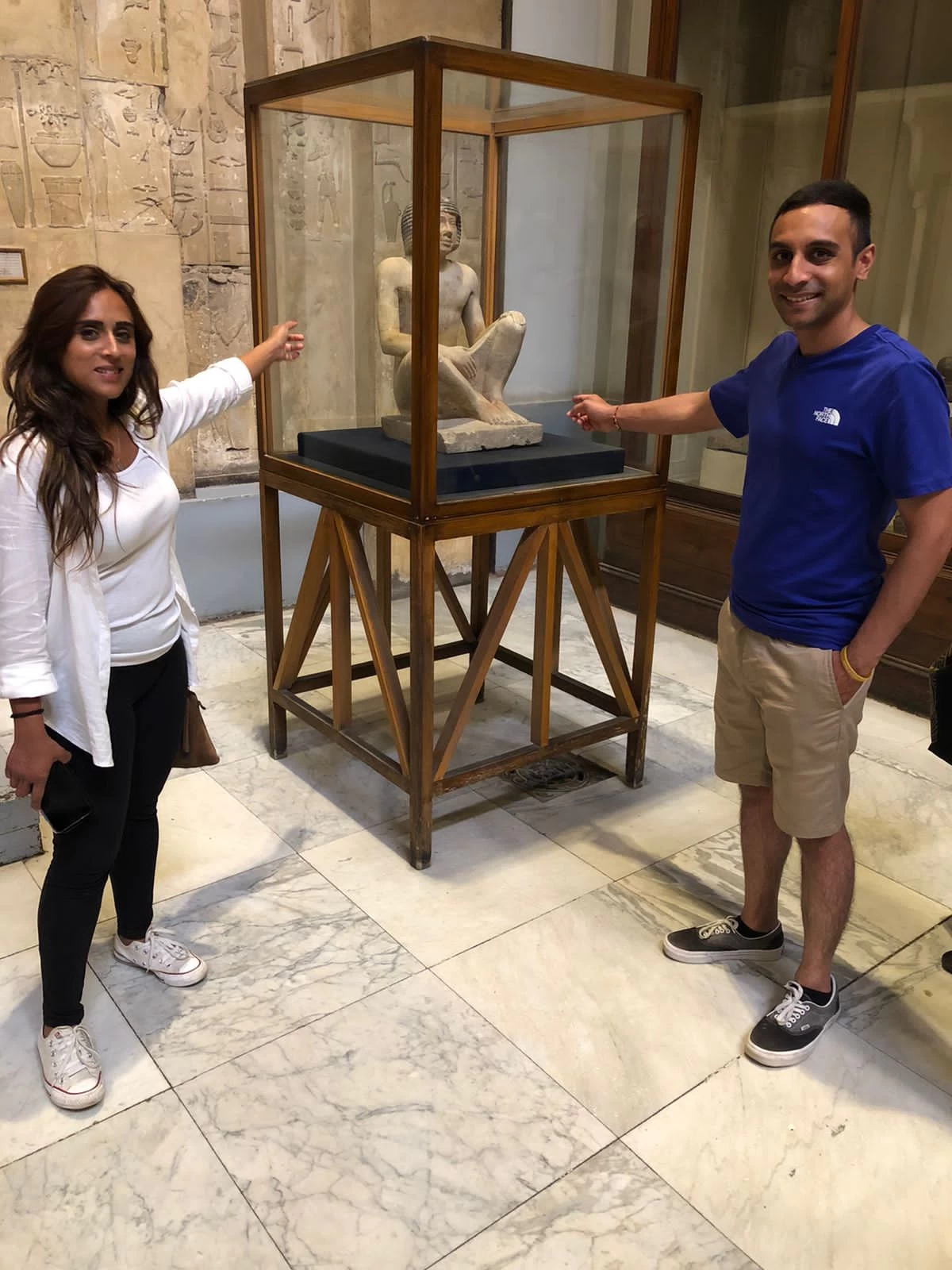

-webp.webp)

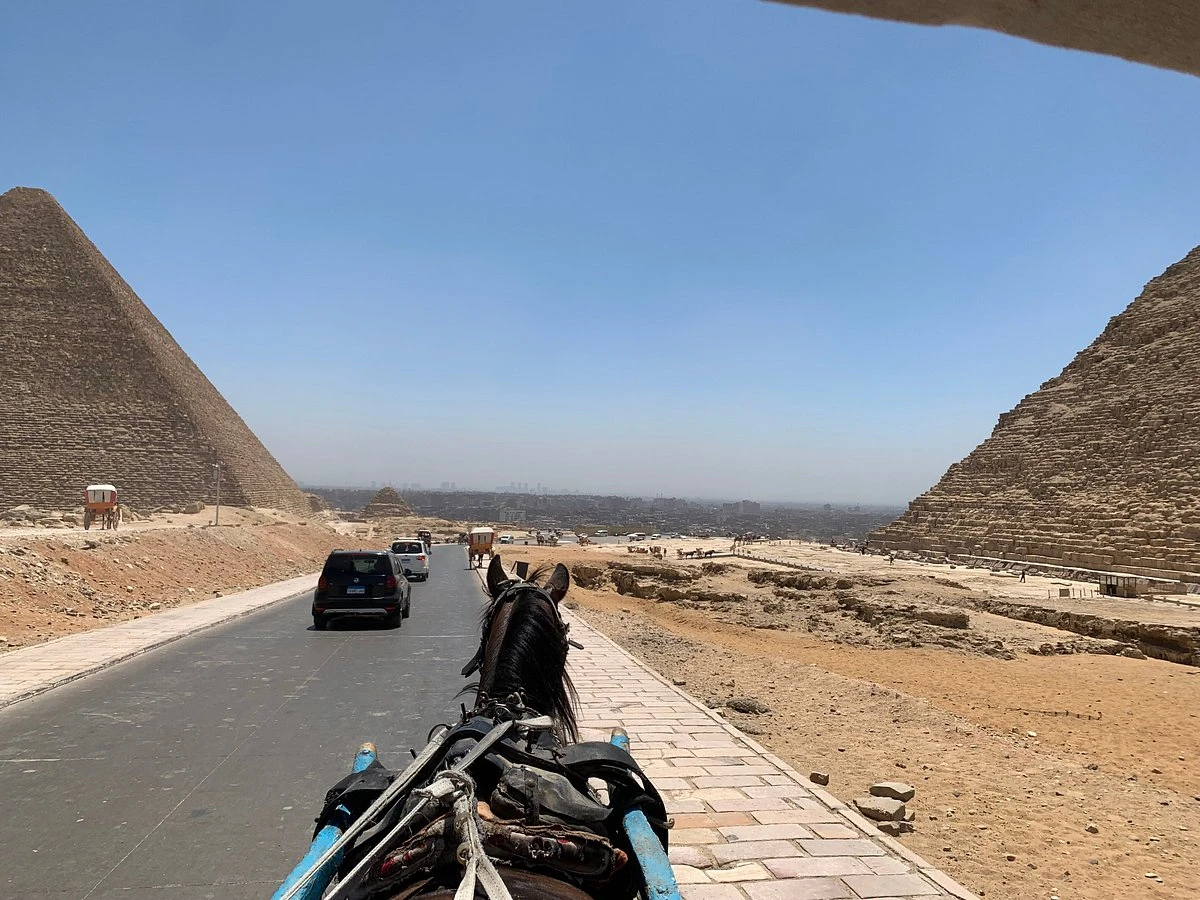
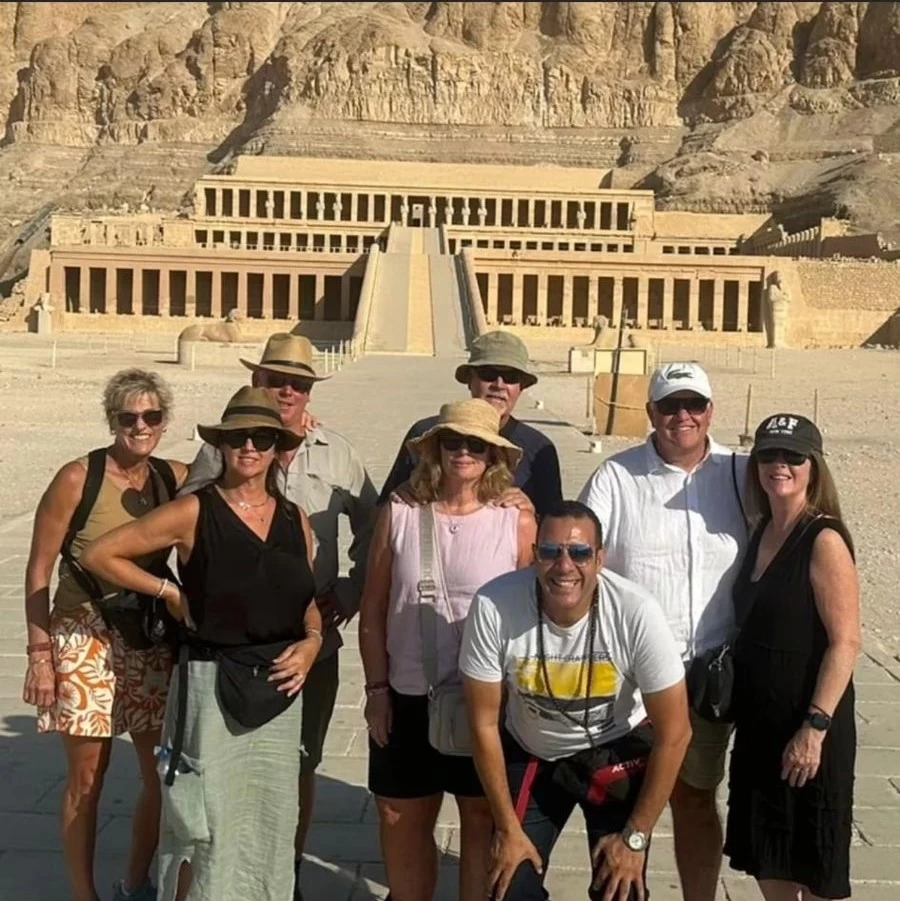
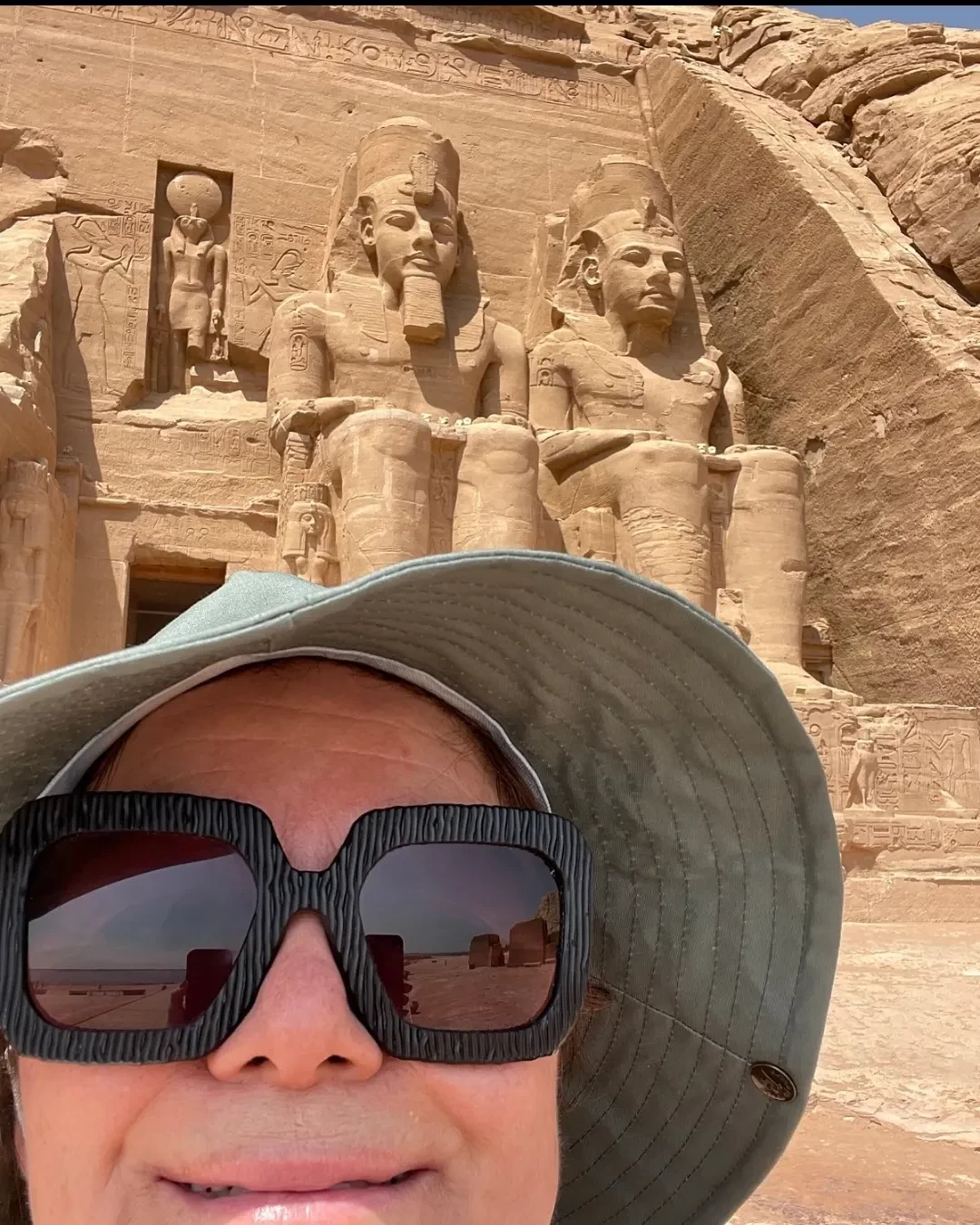
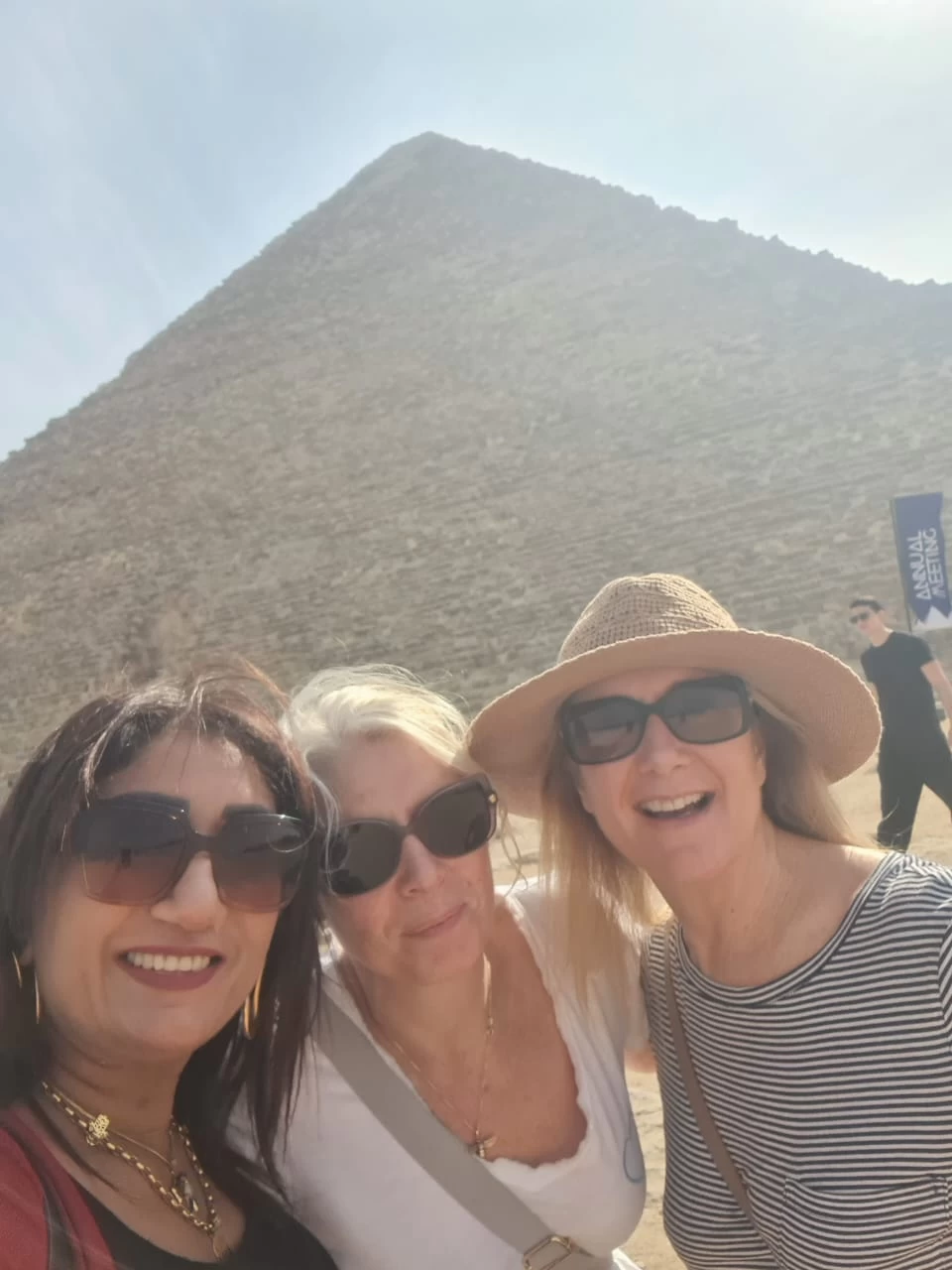
-webp.webp)

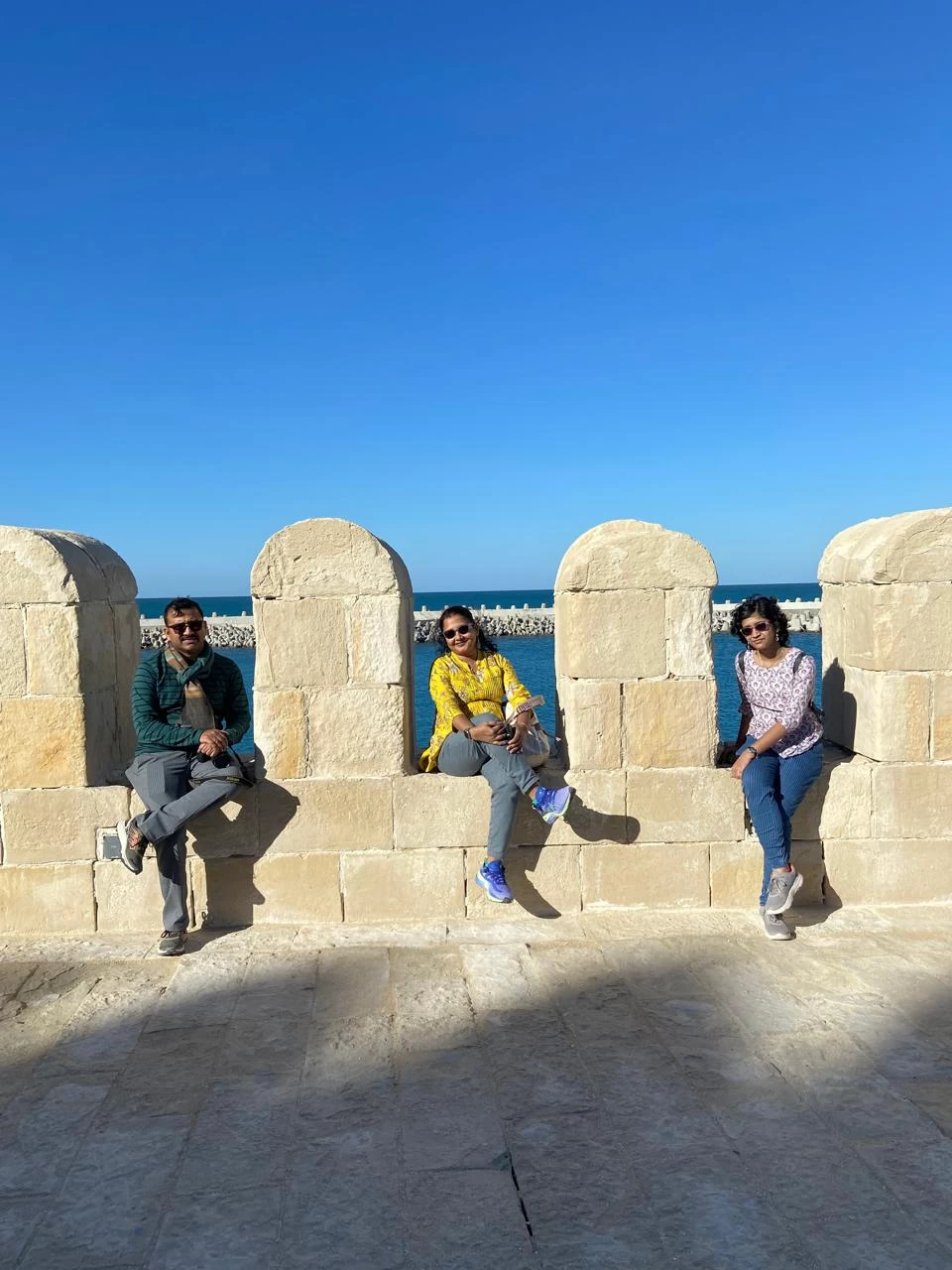
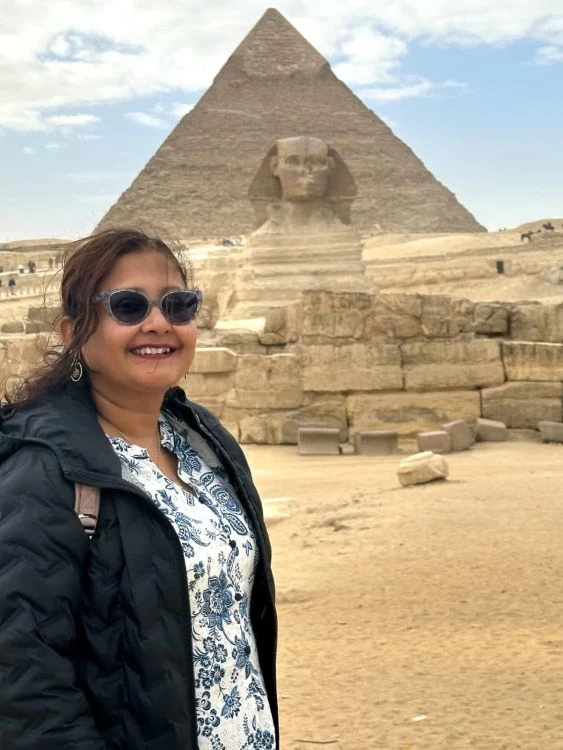
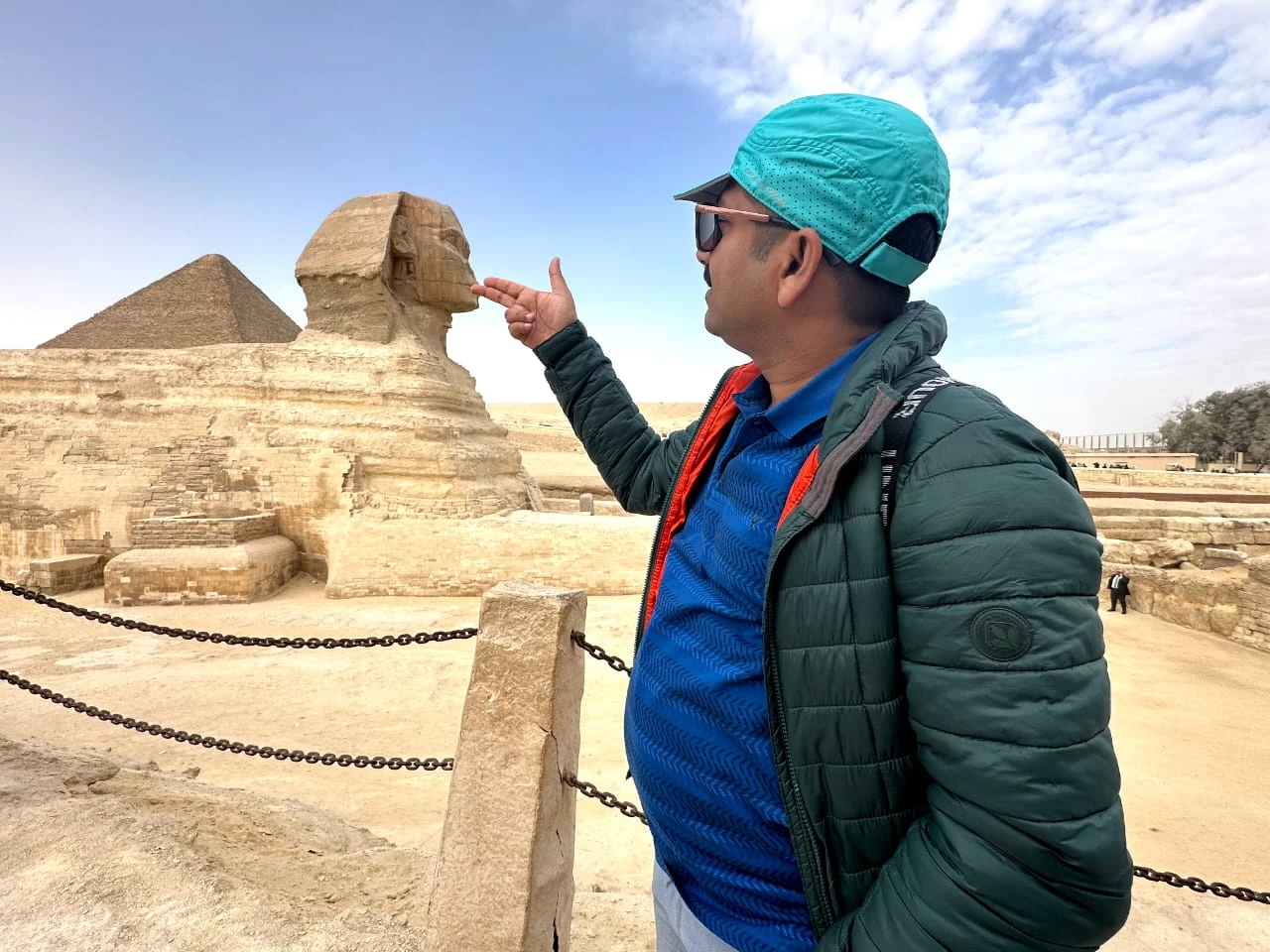
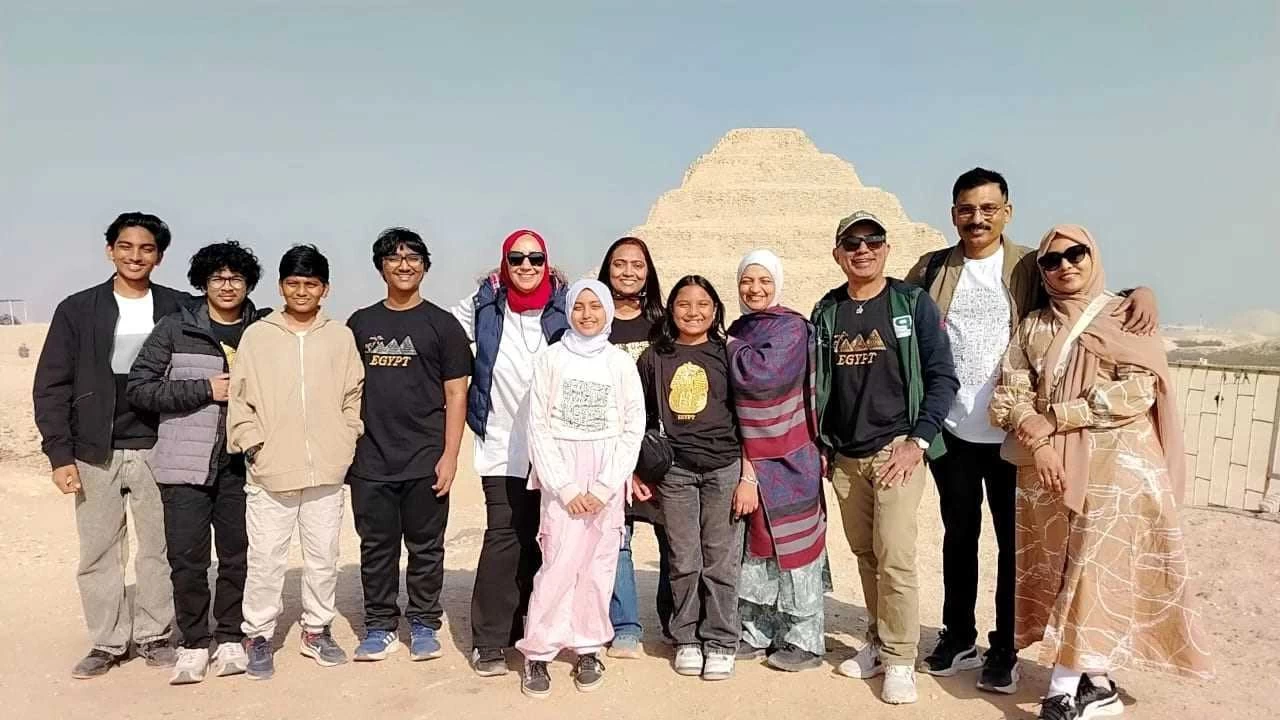
-webp.webp)
-webp.webp)
-webp.webp)
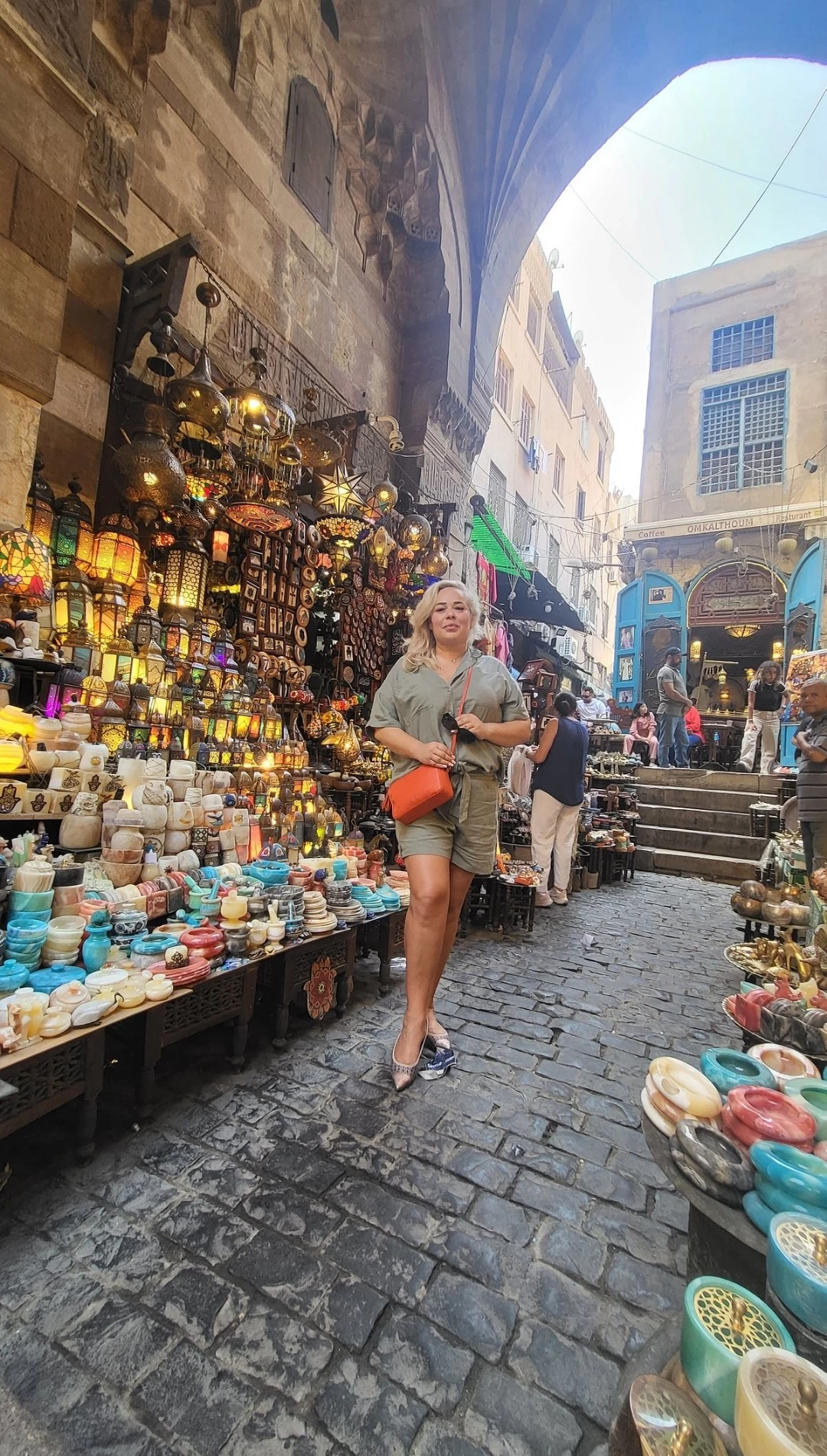
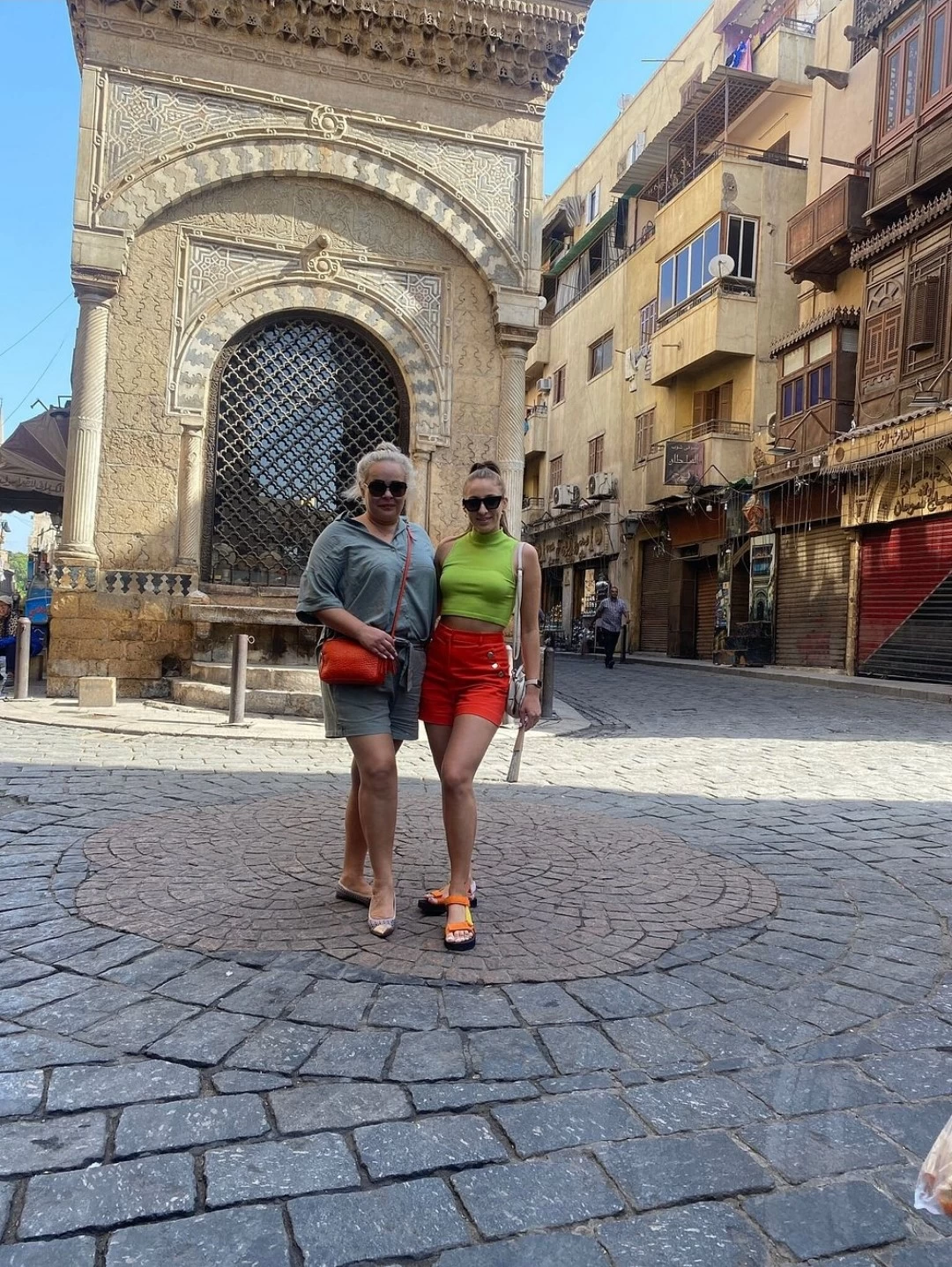

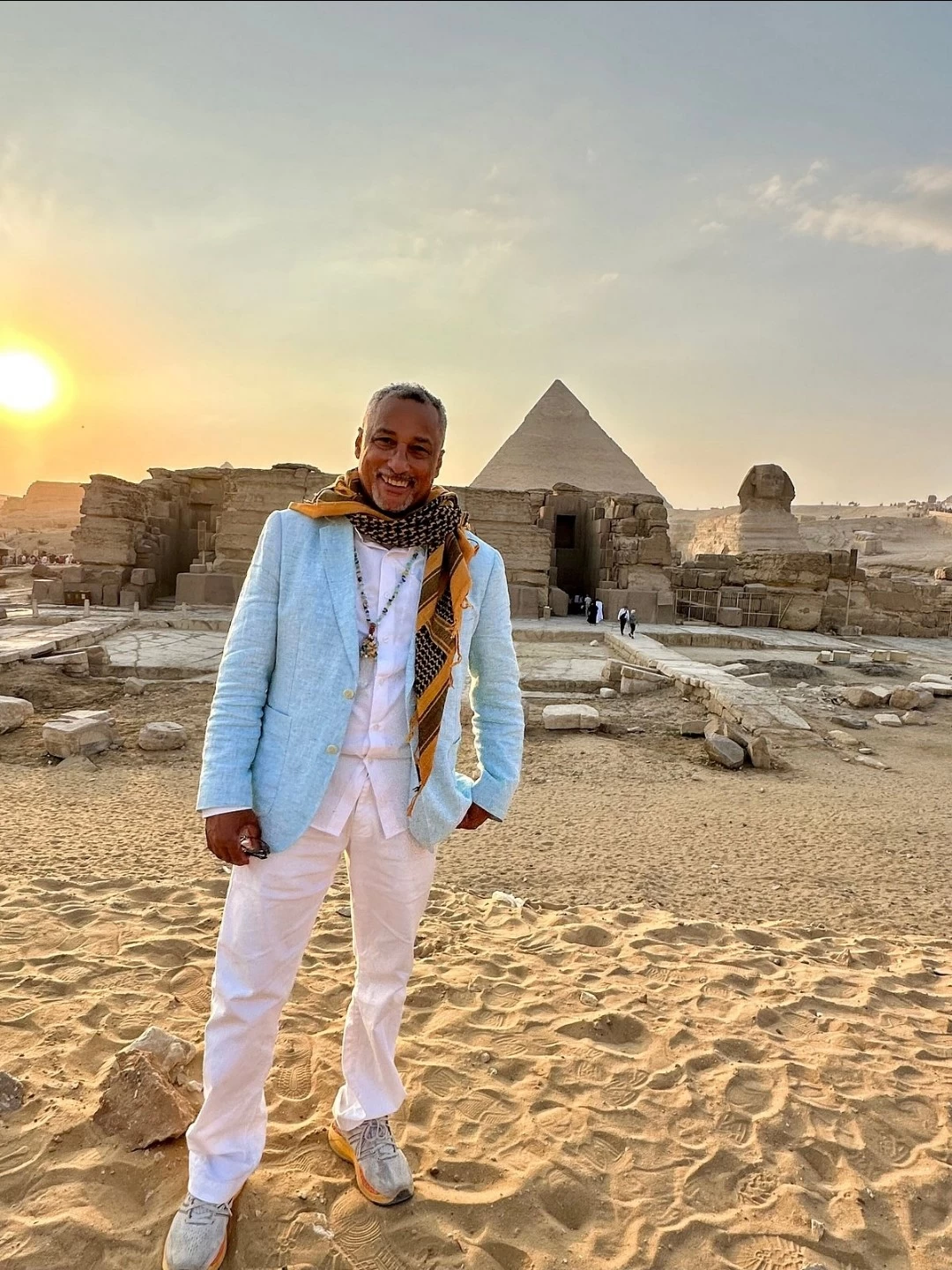
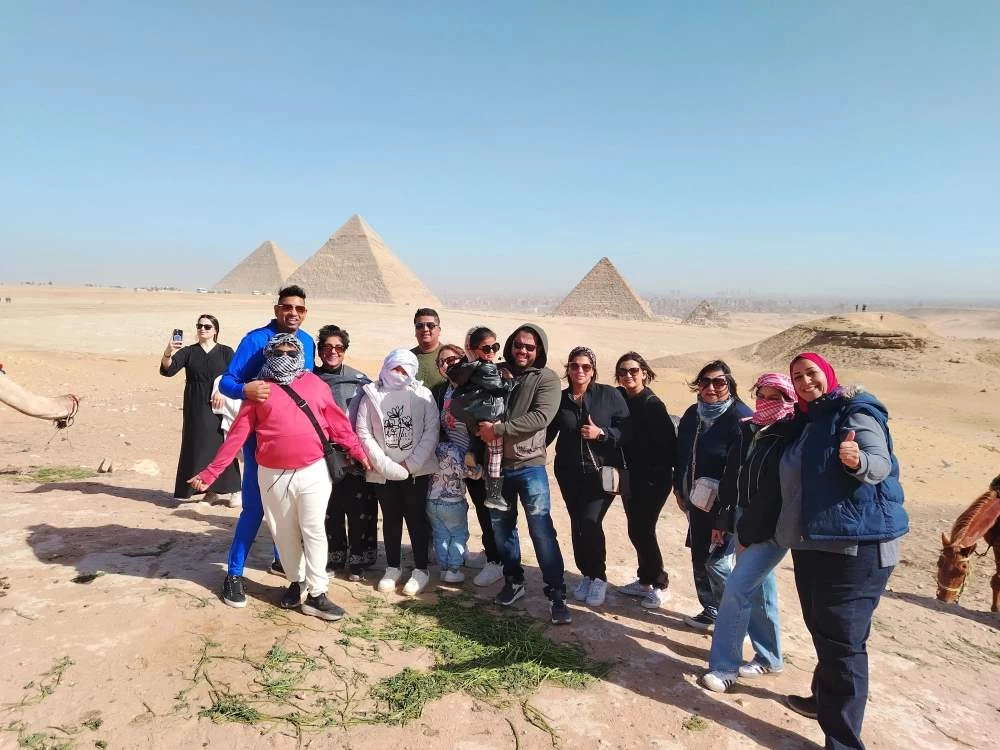
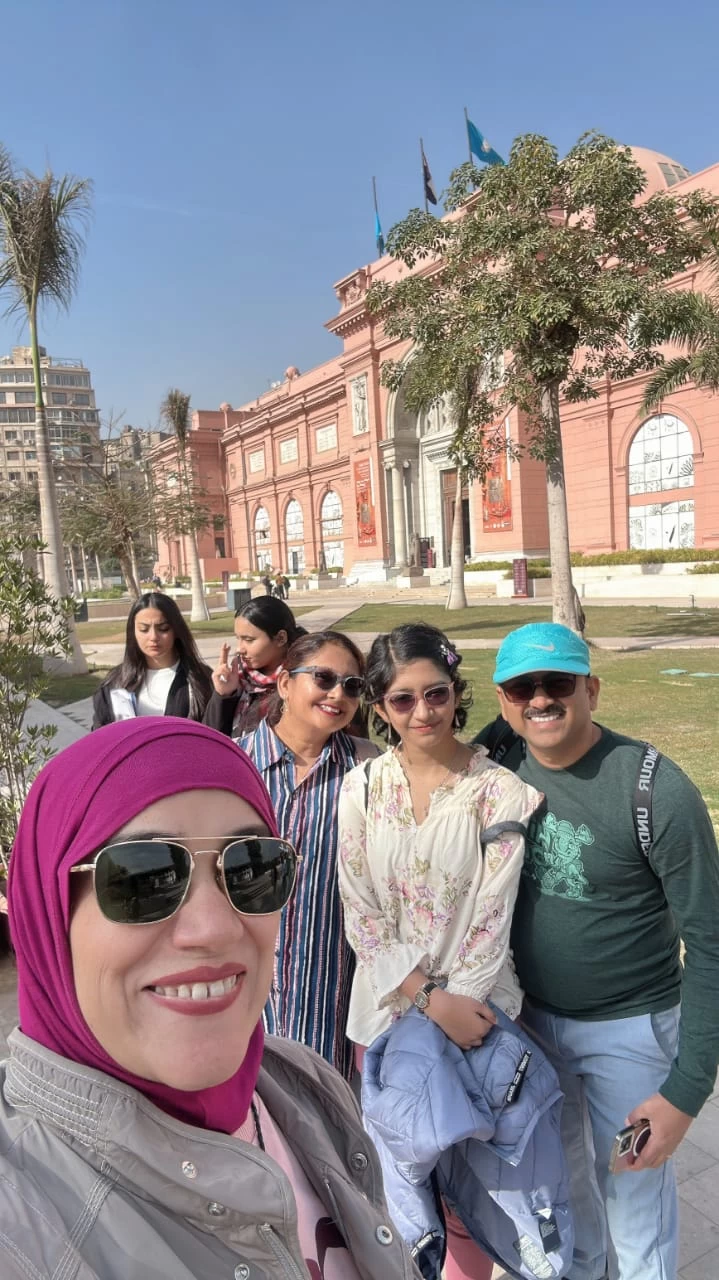
-webp.webp)
-webp.webp)
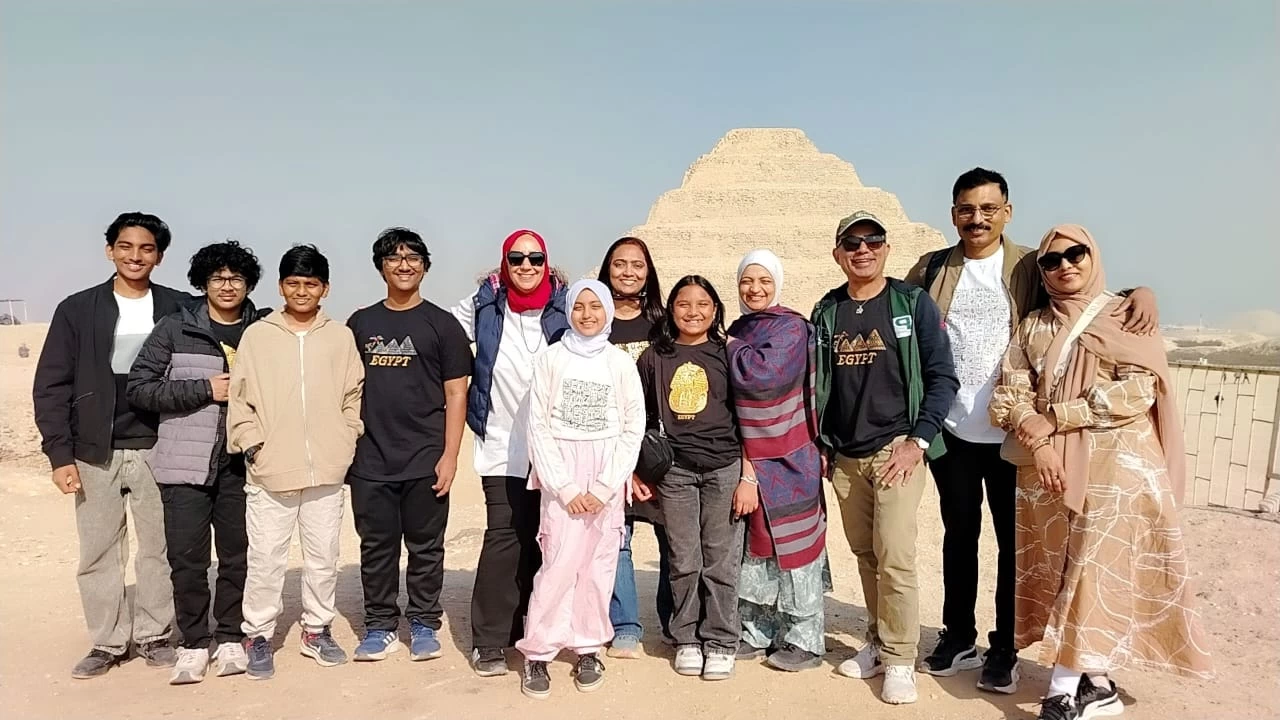
-webp.webp)
-webp.webp)
-webp.webp)
-webp.webp)
-webp.webp)
-webp.webp)
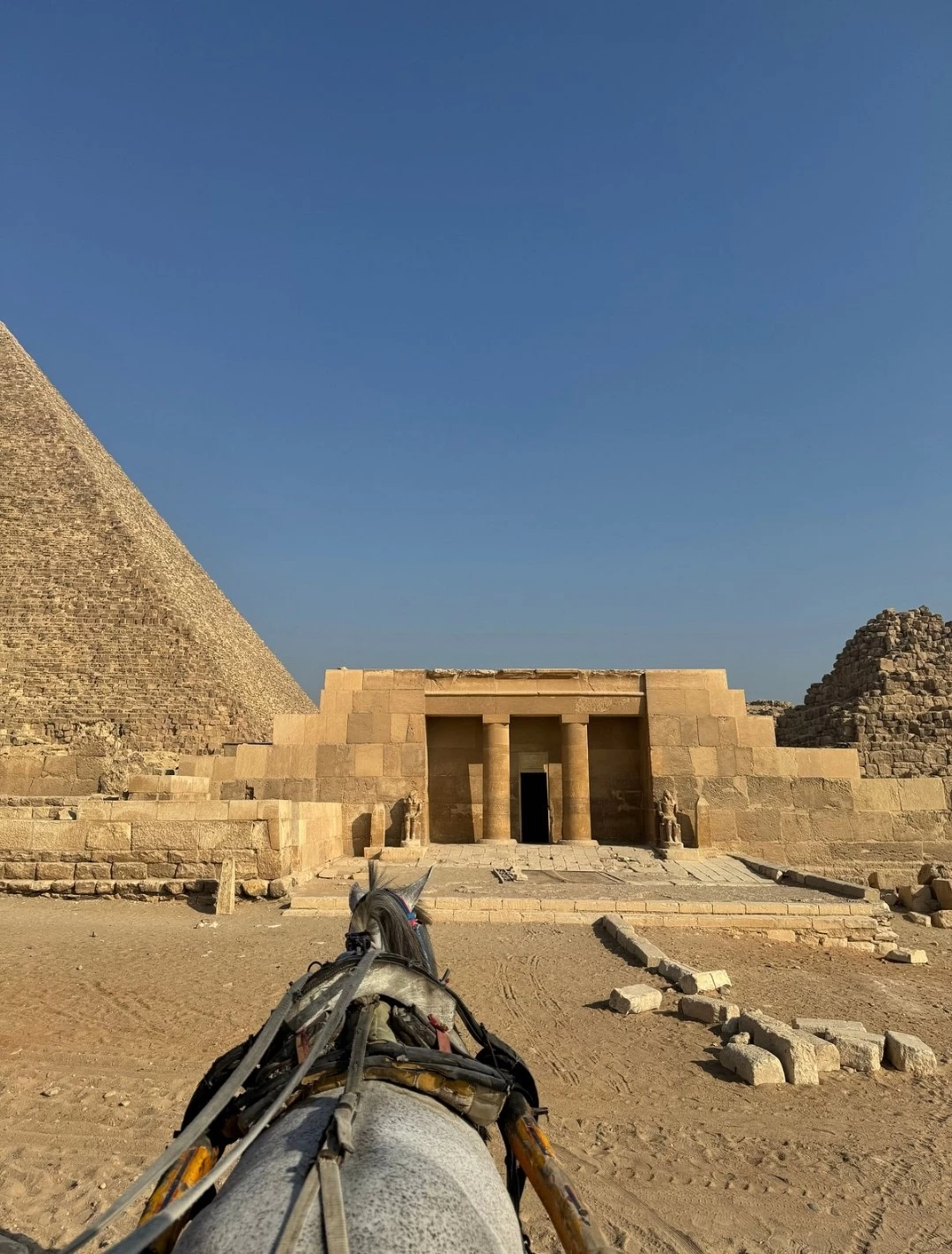
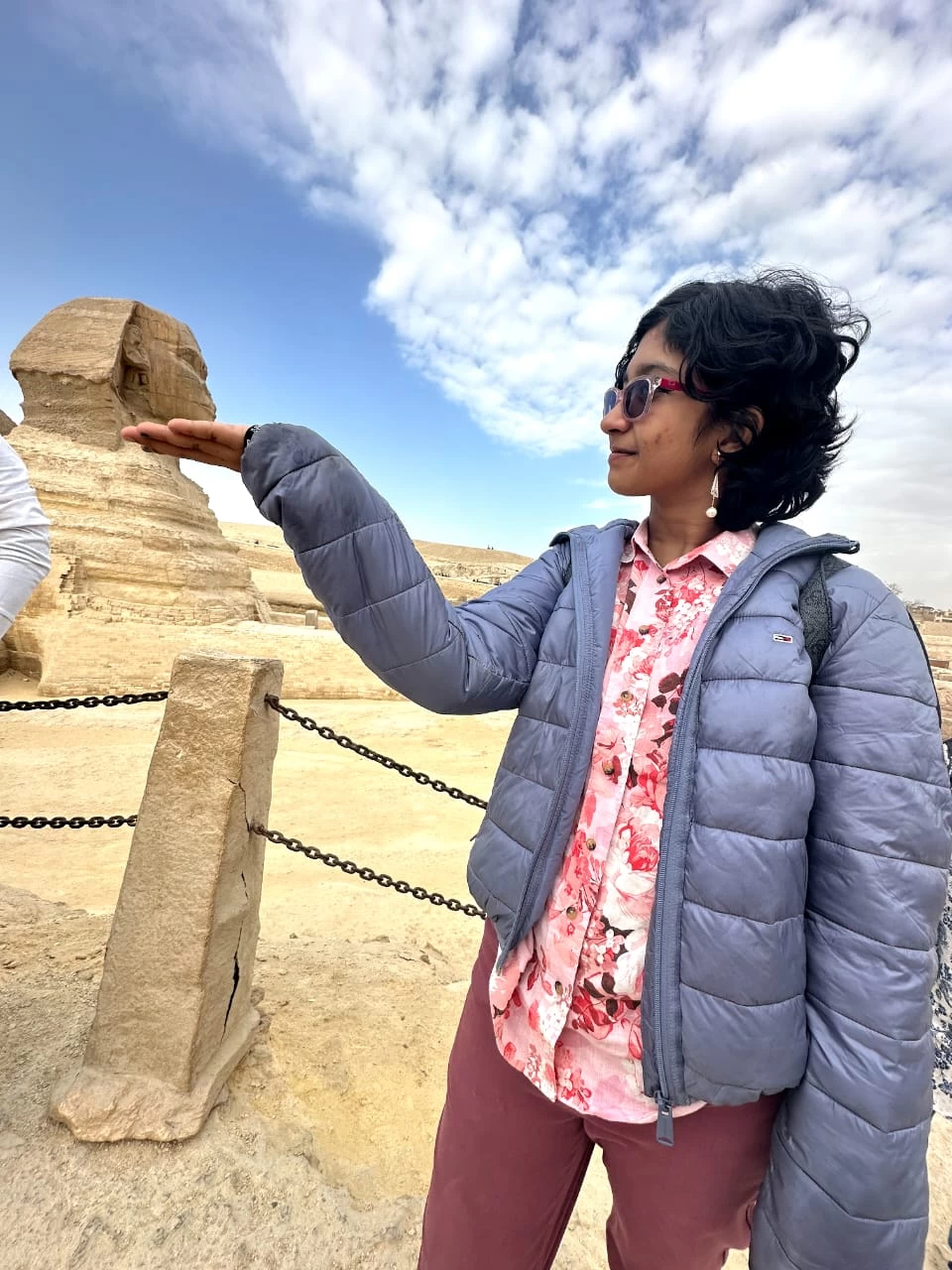
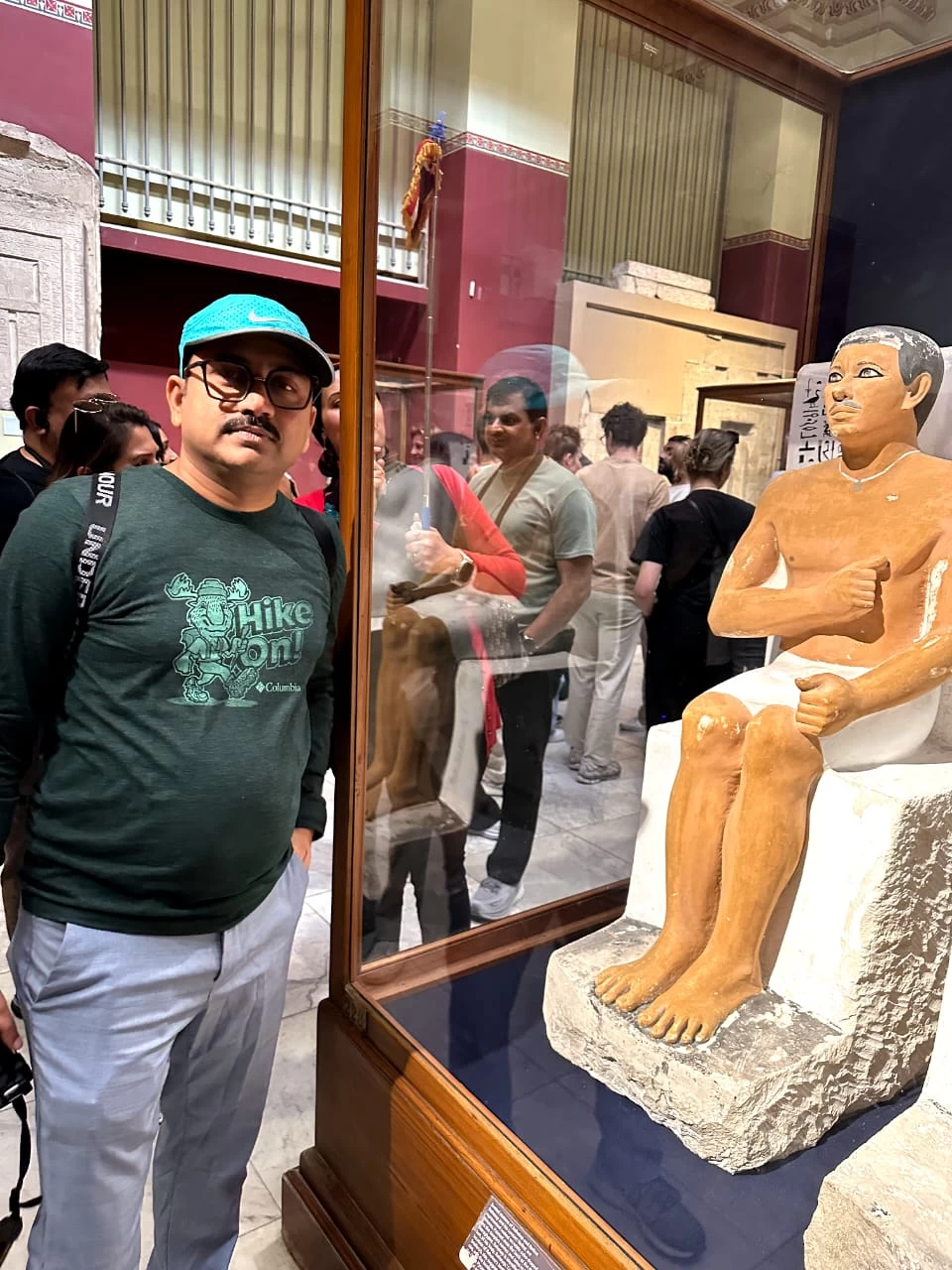
-webp.webp)
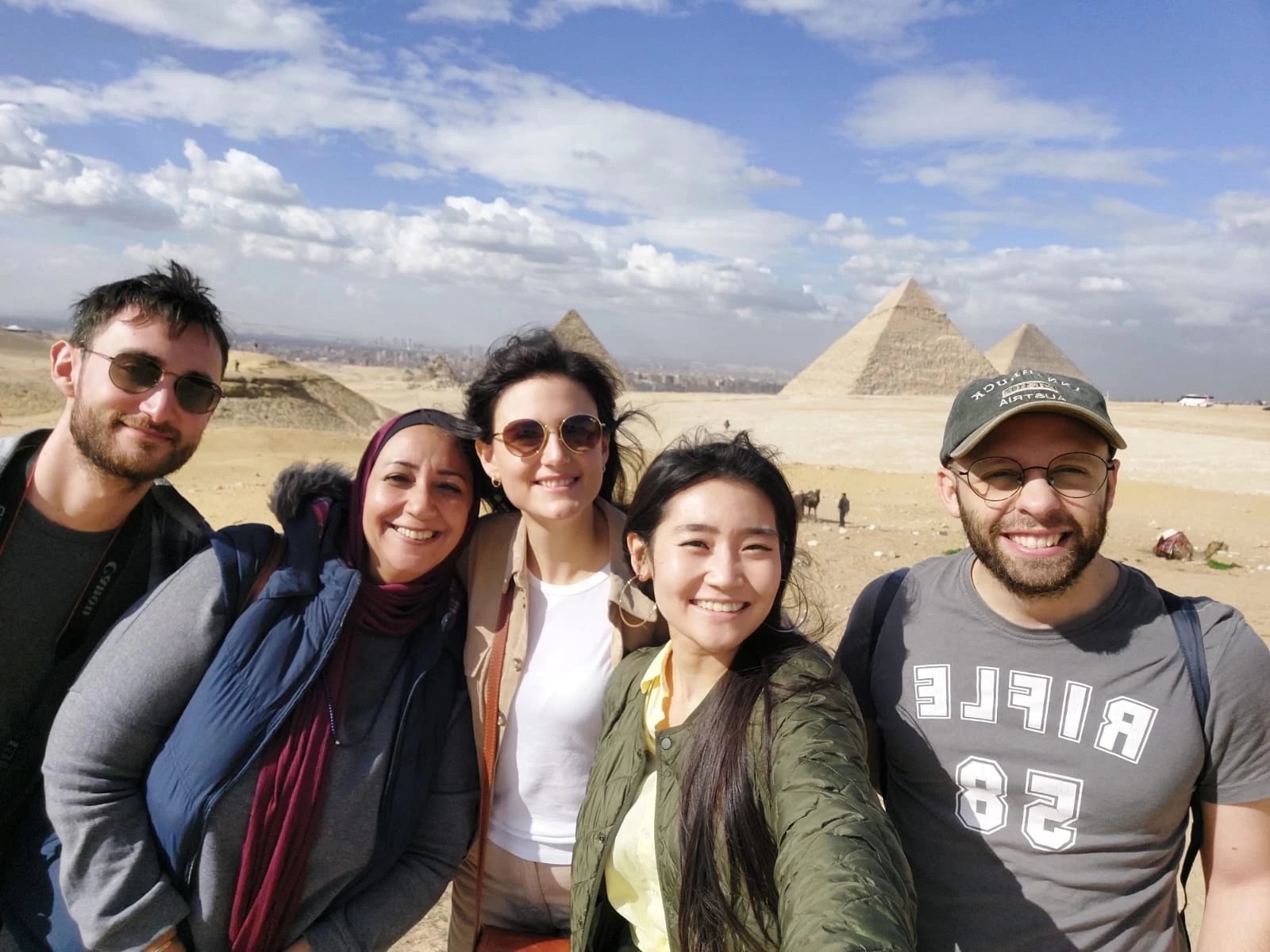
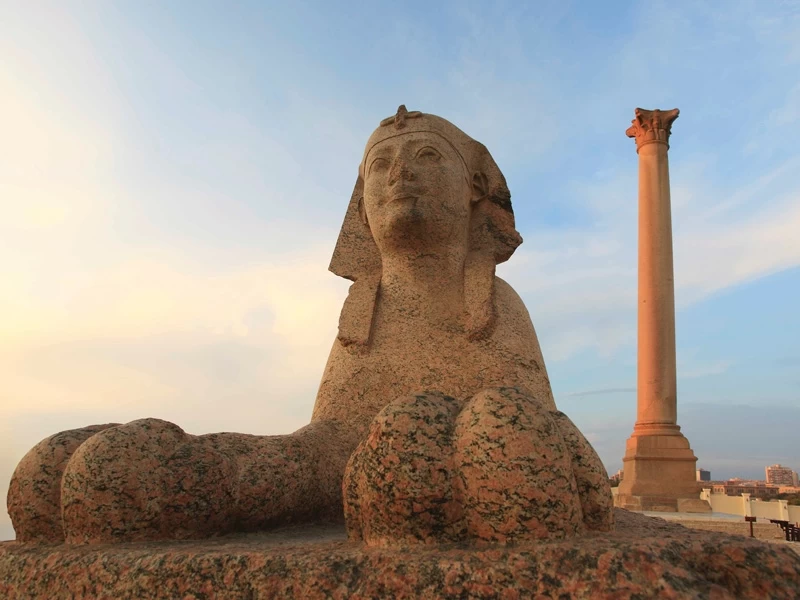
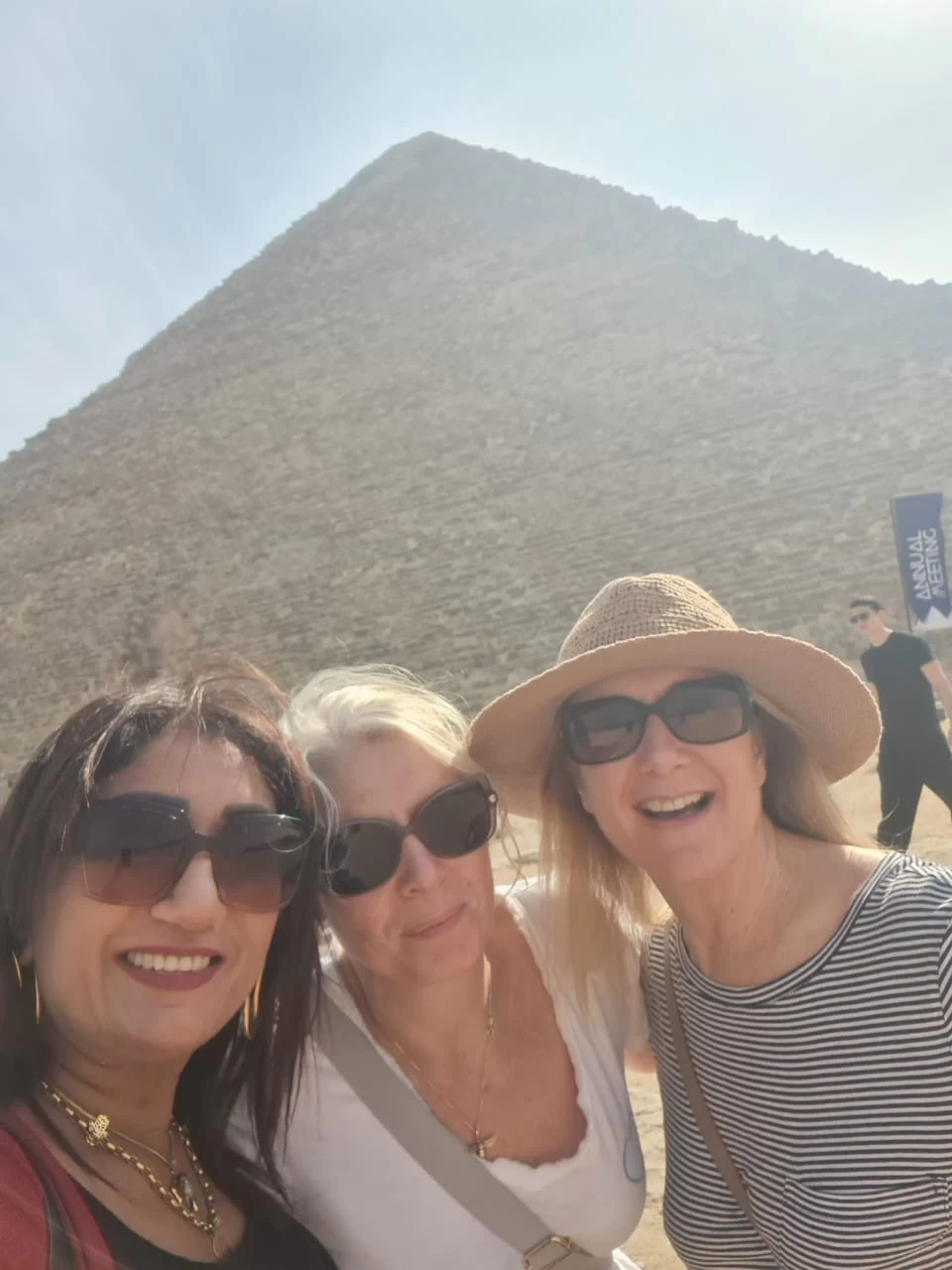


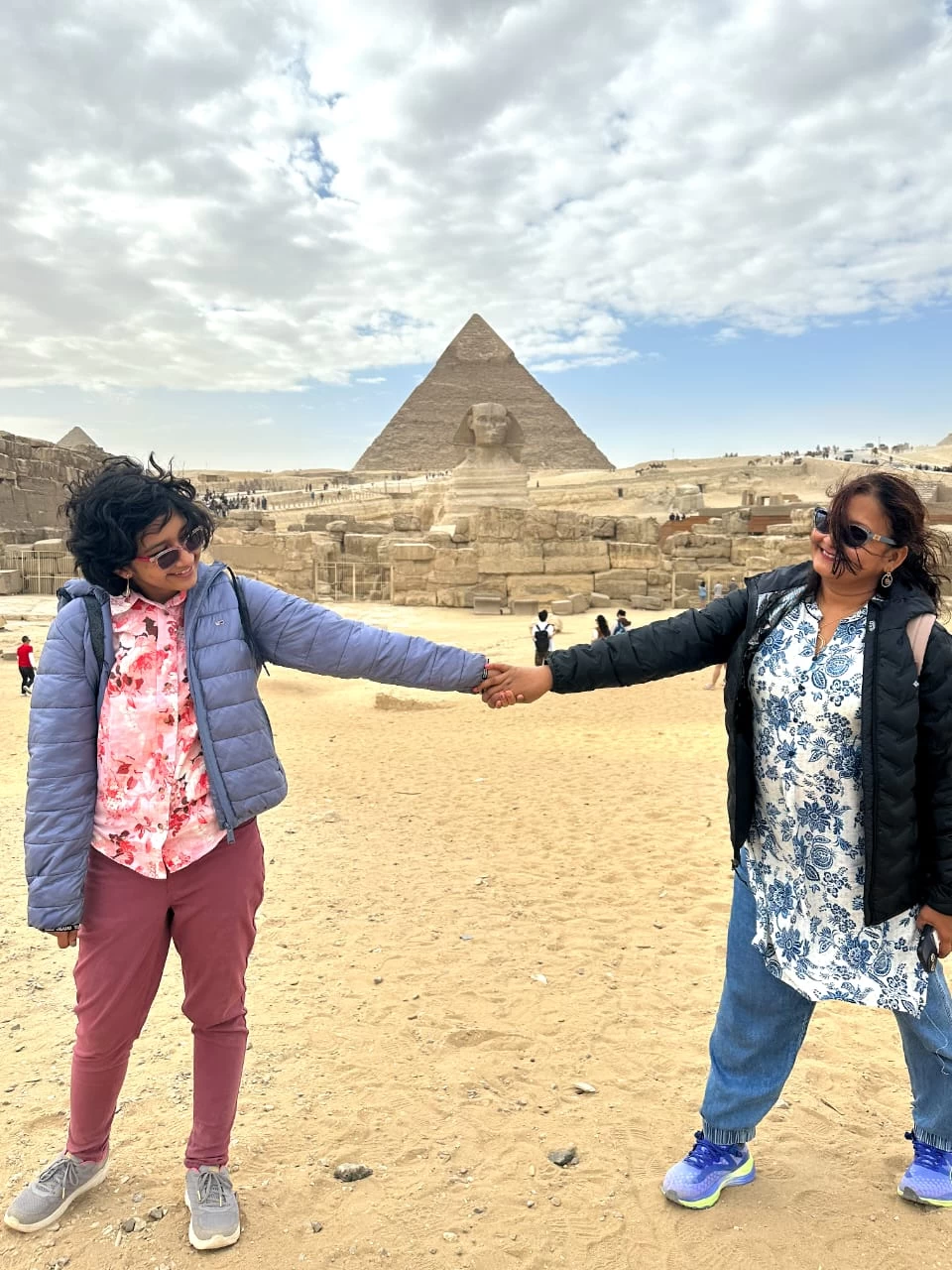
-webp.webp)
-webp.webp)







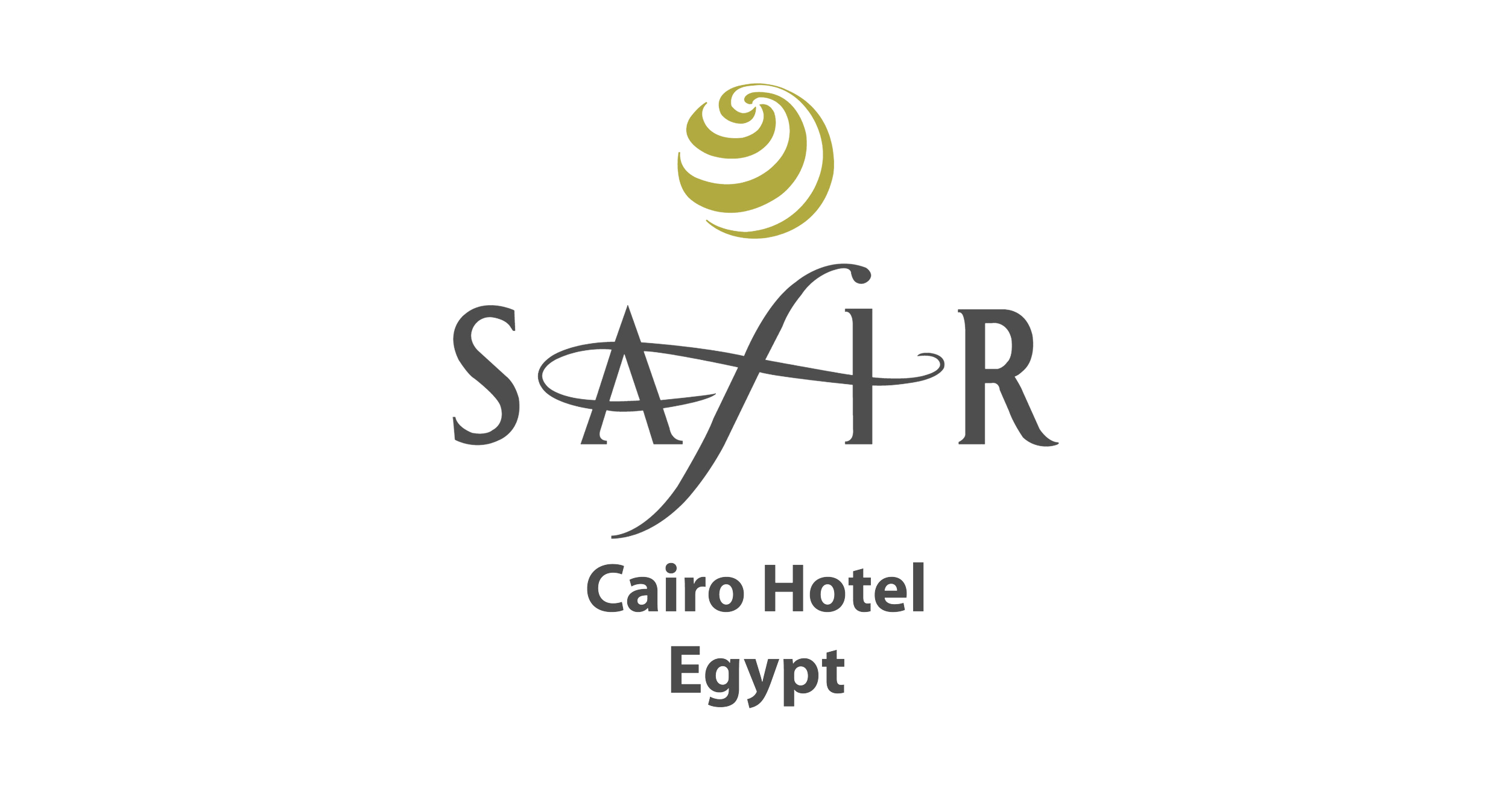


.png)

